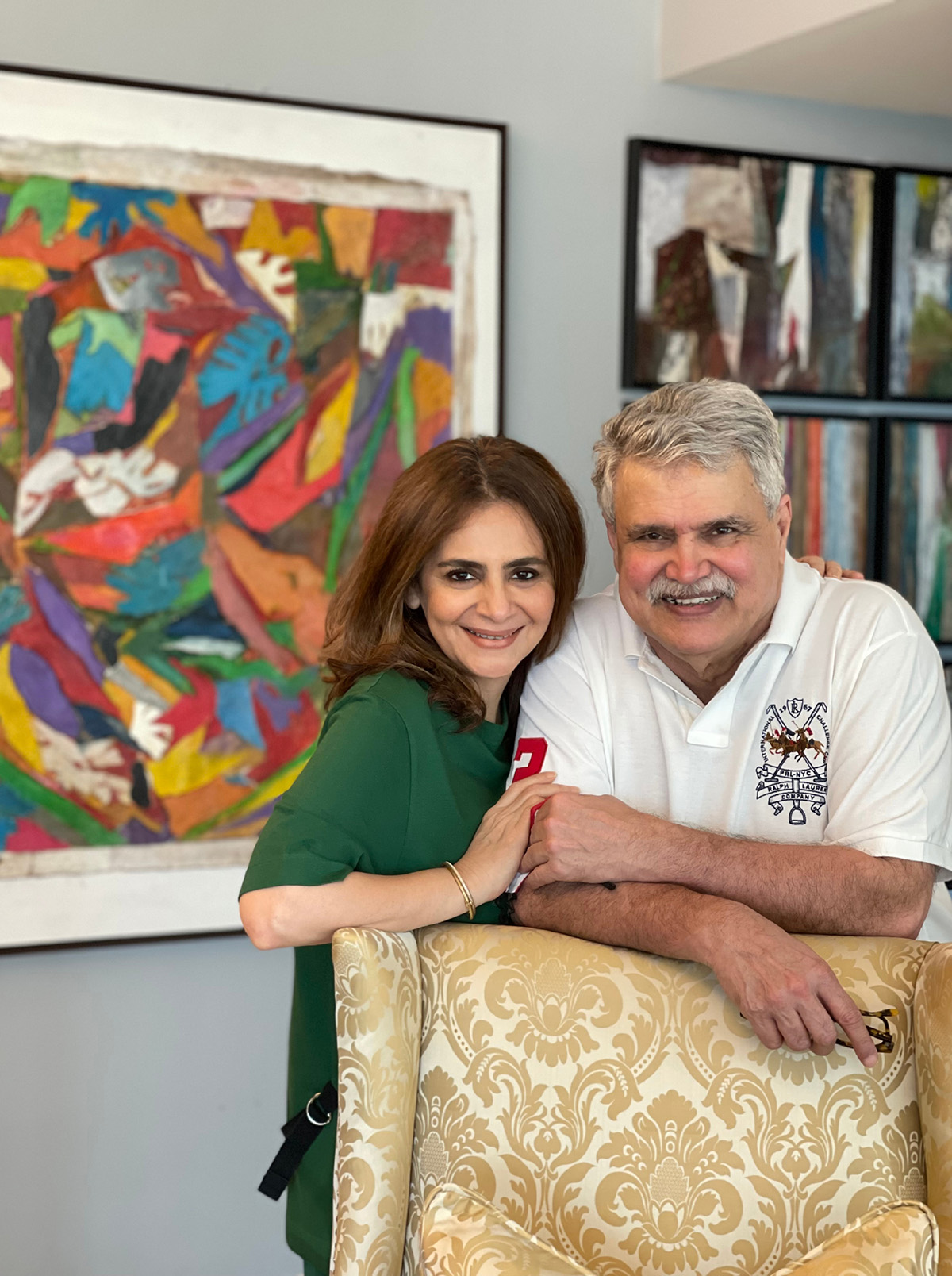
Aliya and Farouk Khan
Over the last 25 years Aliya and Farouk Khan have been carefully curating a collection of art works by prominent first generation Malaysian contemporary artists. Known as The AFK Collection, this is one of the most comprehensive collections of seminal artworks by a wide variety of critically relevant artists and a resource centre for information and documentation, creating awareness and knowledge on the canon and timeline of Malaysia’s dynamic contemporary art movement.Here, Samantha Welsh speaks to Aliya and Farouk about the Malaysian contemporary art scene and how its gained the institutional recognition it deserves
LUX: Relocating to Kuala Lumpur in the 1990s, what was so compelling about the art scene?
Aliya and Farouk Khan: When we moved to Kuala Lumpur in the 1990’s and began visiting gallery shows, art competitions, art museums and socialising within the art scene we discovered new forms of art that moved beyond the Modernist paintings we had been exposed to up until then. We discovered art that moved beyond the traditional modes of two-dimensional painting and sculpture into new modes of making, for example mixed media and installation. Discovering these radical new art forms was compelling, particularly as this new contemporary art scene visually and intellectually described our new adopted home of Malaysia that we had chosen to live in.
LUX: How are state institutions and private patronage partnering to build national collections?
AFK: In Malaysia there are not any partnerships between state institutions and private patronage to build national collections. Instead, the contemporary movement is strongly led by private collections. This is as state institutions are still very much contained within the modernist mode. This is characteristic within the Malaysian art industry where private collectors have always led the way and created the momentum for the development of the contemporary art ecology.
LUX: Why was the contemporary art movement in Malaysia slow to emerge?
AFK: The Malaysian contemporary art movement was not slow to emerge, but it was slow in gaining institutional recognition. Malaysian contemporary artists were well ahead of the pack, vigorously engaging in the contemporary movement. Curatorial teams within state institutions saw the contemporary movement and its use of various genres as a move away from figurative art and explained it as a move towards Islamisation in Malaysian art. This does not stand up to scrutiny because upon review you find there was no development of calligraphy art (which is a main genre within Islamic art movements) and instead a strong movement into conceptual art and mixed media. At the same time, the figure was consistently represented across all the diverse genres and modes of art making.
A completely new contemporary art movement was emerging in the post-colonial landscape of Malaysia, as artists sought to describe the changes happening around them, and unfortunately the curators of the time were not able to comprehend and articulate this artistic and intellectual shift. This has left the institutions behind.
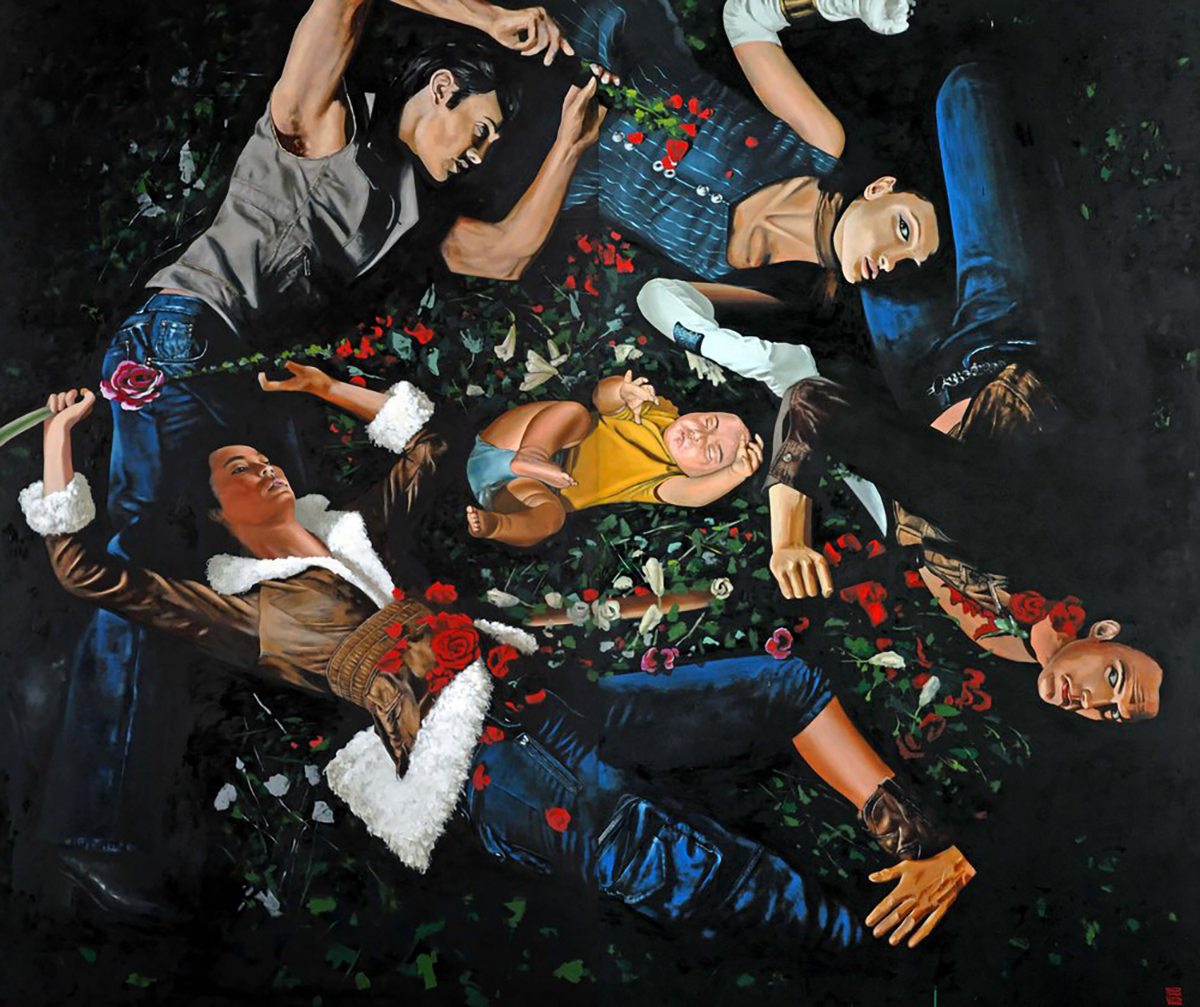
Ahmad Fuad Osman, Fatamorgana 3 The Spotlight Obsession, 2006
LUX: How was the social and economic environment at that time when you started collecting versus now?
AFK: We began collecting in an era of great dynamism. Coming from Singapore it was evident to us that what had happened to Singapore in the 1970s and 1980s was now happening to Malaysia in the 1990s. Tremendous changes were afoot.
Malaysia was undergoing rapid changes, socially and economically. The country was fast moving from a rural, agrarian focused nation to an urbanised country with strong industrial, banking, service, and tourism sectors – due mainly to government policies and an independent thinking society that blossomed in the post-colonial era. The evidence of progressive development was all around us- from the building of the iconic KLCC Twin Towers (amongst the tallest buildings in the world) to the development of major highways linking the entire country from North to South. A strong demographic shift was underway, as we saw the urbanisation of the rural Malays who moved from villages into city centres.
All these changes were encapsulated in the art movement. This was the dawning of contemporary Malaysia and contemporary art within Malaysia.
Currently the country is in a far more developed state than it was in the 1990’s. The economic success is real. The GDP of individual households is much higher. Institutions and corporations are stronger across the board. All of this has led to a far greater interest within the arts which is far more affordable for people today than it was 30 years ago. People have more disposable income and are able to engage in leisure activities and critical thinking is very relevant in daily life. We notice increasingly that art has become a way of life for the middle class. Corporates and institutions are waking up to the very real need for state and national collections as a result.
LUX: Is the discipline of collecting an art or a science?
AFK: Collecting art is a science. It follows a methodology. One must first understand the formal aspects of art creation. Then one has to understand the history and narrative of both the individual artist and broader art movement. These are important academics that one needs to develop: knowledge of history and narrative and formal aspects of art. Then the methodology of collection building comes in.
Following this sequence is far different from the general statement often heard that ‘I buy what I like’. Forming a collection goes well beyond simple acquisition. So, when people say art is subjective, we in fact differ: art is extremely objective. The value and importance of an artwork inherently exists within the way it was made and its value in the art canon. Understand which are the key works for an artist, a canon, and a thesis, then systematically collect those works to build a strong art collection.
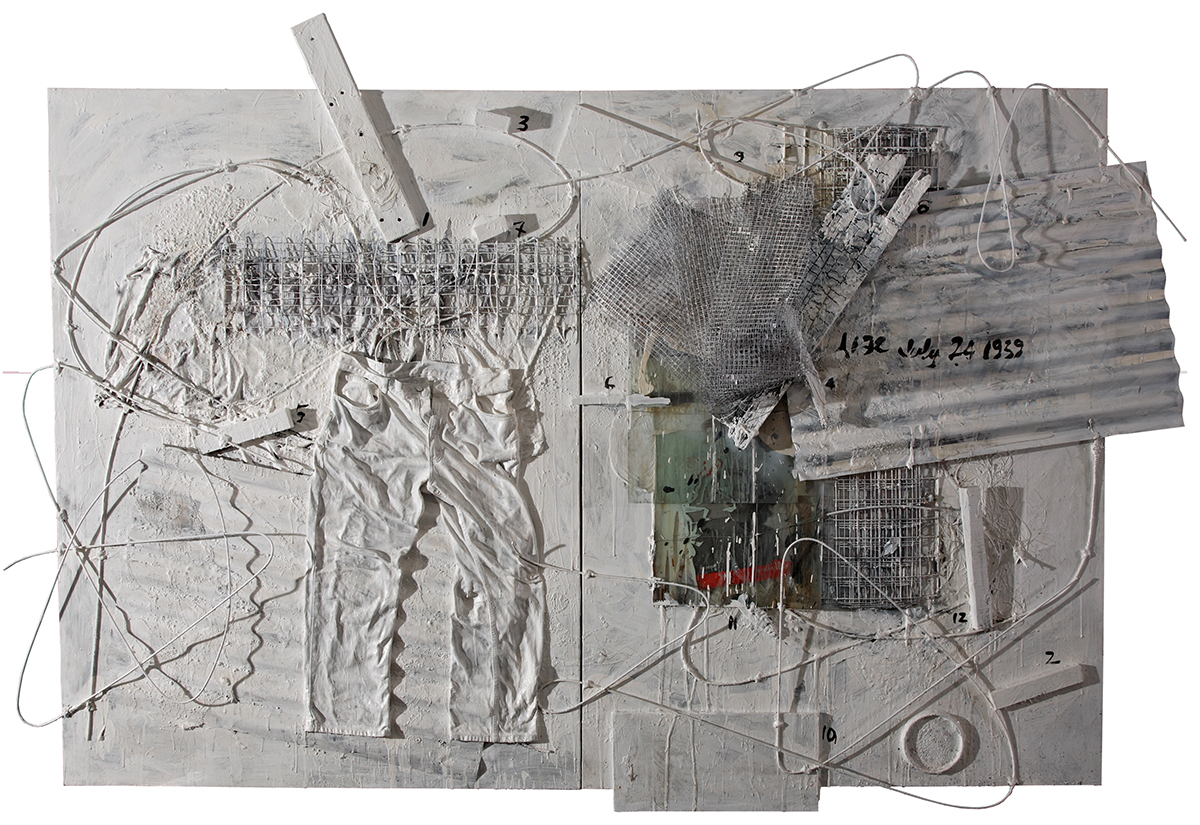
Suhaimi Fadzir, Life, July 24, 1939
LUX: How do you mentor and show artists in the specialist subsectors?
AFK: One of the most effective ways is through our method of collecting and documenting. Within our collection we talk about the subsectors (which we take to mean art genres) and through our collecting we collect the dominant artists within these sectors. This achieves two things: firstly as a guide for collecting. That we are obliged to determine the subsectors. Hence it is important to collect across all the diverse genres that represent our art movement. Secondly it emphasises to us the importance of the first-generation artists who helped develop the movement along these sectors. In fact, we have found this to be the most important tool within the formation of our collection.
Essentially, we broke down what the individual genres were, who was important within these genres and what were the seminal artworks within that. This became a foundation for the collection and why we were able to identify and acquire those seminal artworks that are the scaffolding of the Malaysian contemporary art canon.
LUX: Generally, who has the upper hand, artist or collector?
AFK: Recognition is key to the relevance and strength of either the artist or collector. The artist in their earlier phase without recognition doesn’t hold much power. As they develop and become popular, they begin to hold a lot of power. Similarly, the reputation of a museum or a private collection determines their strength. In this day and age there are private collectors who wield more power than museums and institutions. The stronger the collector patronises, supports, publishes, collects the greater the power they wield. It is not that one is stronger than the other but that at different times they all wield different powers.
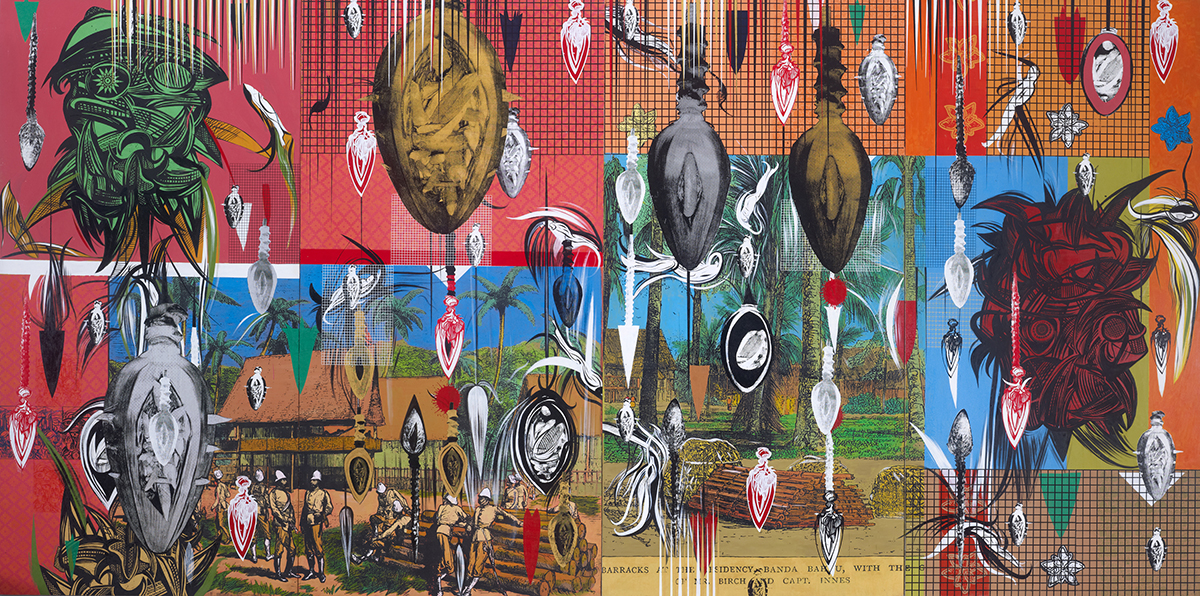
Zulkifli Yusoff, Hujan Lembing Di Pasir Salak
LUX: How can you codify a canon of work?
AFK: Codifying a canon of work requires diligence and a critical mind. We engaged in a great deal of research and academic input via dialogue with curators and artists well entrenched in the art scene known for progressive thought. Dialogues such as these have proved invaluable in the codification for the contemporary movement.
Subsequently we digitised the collection, making it available via our website. This has allowed our codification of the canon and knowledge inherent in our work easily accessible to broader audiences whether they are here in Malaysia or around the world. Bearing in mind very little information on Malaysian art history was available on the international front, the provision of this window of knowledge for audiences previously unfamiliar felt important.
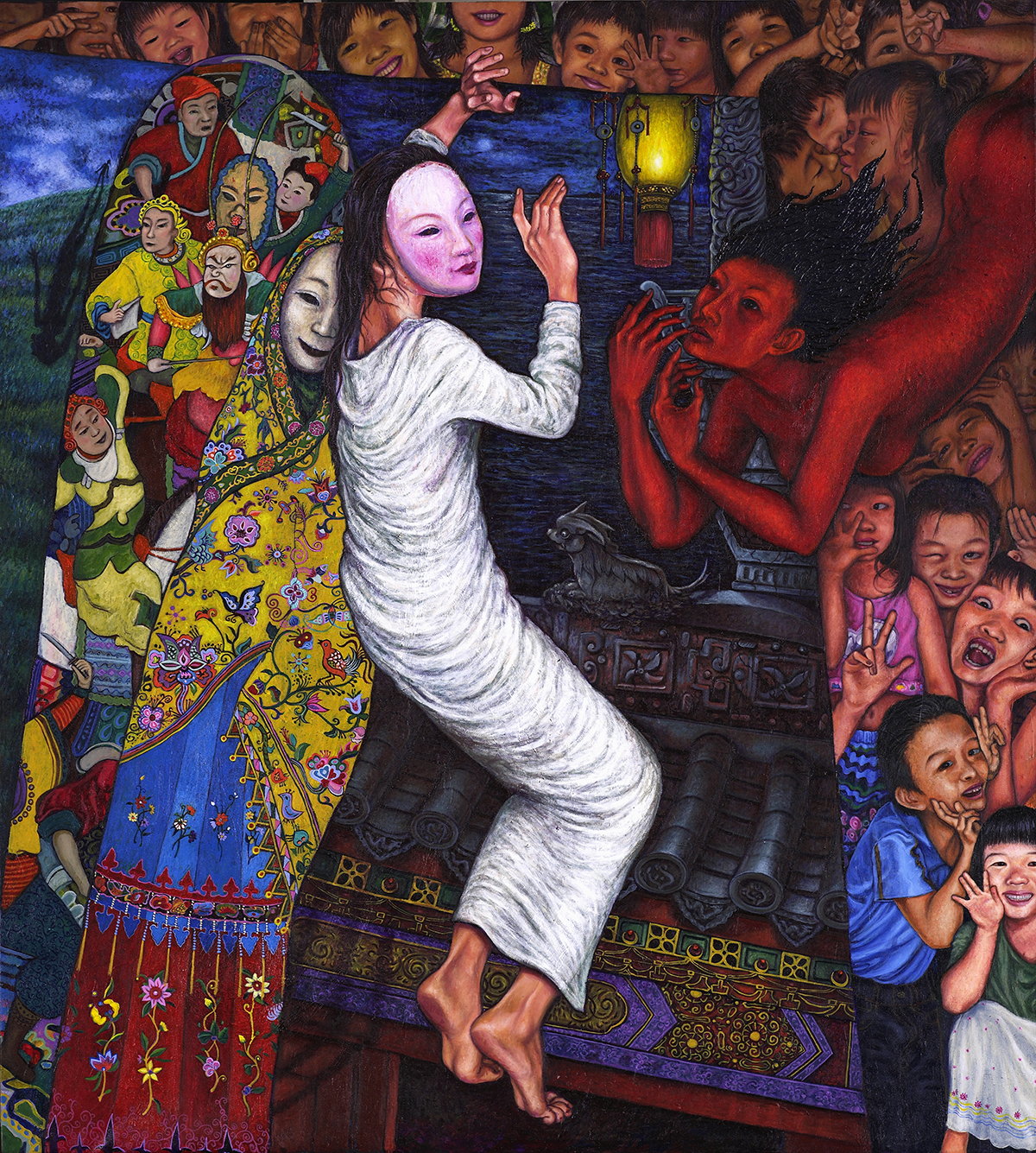
Eng Hwee Chu, Lost in Mind
LUX: Who have emerged as foremost among ‘first generation’ contemporary Malaysian artists?
AFK: Zulkifli Yusoff is extremely important amongst the first generation of contemporary Malaysian artists, for his role in the development of conceptual and installation art. He was also the first Malaysian artist to be invited to exhibit twice at the Venice Biennale. The AFK Collection were delighted to loan his seminal installation ‘Kebun Pak Awang’, which is highly characteristic of his research based process and strong artistic skill, to Venice Biennale in 2019.
Fauzan Omar is another key first generation artist, whose importance lies in both his work as an artist and arts educator. Fauzan’s most important contribution was to create a challenge against the perceived sanctity of a canvas’ surface via destructive methods such as ripping and tearing, before engaging in reconstructive methods to build up highly textural mixed media works that changed the way in which art was produced locally. It was an extremely radical practice that has had a lasting impact.
Ahmad Shukri was one of Fauzan’s closest students who has gone on to become possibly Malaysia’s leading mixed media artist.
Ahmad Fuad Osman has emerged as the top multi-disciplinary Malaysian contemporary artist. An extremely conceptual artist, he has mastered diverse genres of art making- from painting to sculpture, video, print and installation- that allow him to consistently produce really exciting and impactful visual art.
Hamir Soib pioneered the trend for monolithic paintings in Malaysia. His paintings easily reach 16 or 20 feet and are filled with complex imagery that speak to the socio-political realities of contemporary Malaysia with a great deal of critical insight and wit. Along with oil and acrylic, Hamir uses bitumen as a paint source, having mastered the ability to use this notoriously difficult substance with the ease of watercolour allows him to create extremely atmospheric gothic images.
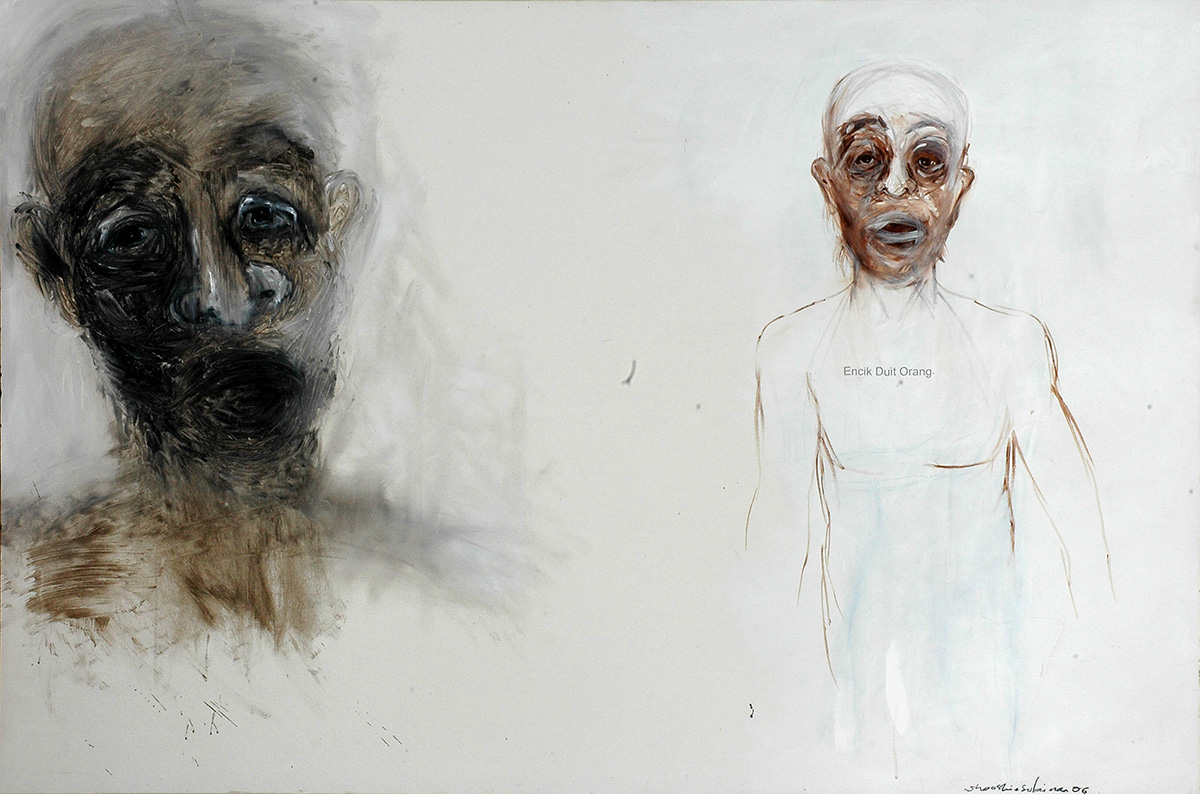
Shooshie Sulaiman, Encik Duit Orang
Shooshie Sulaiman, who is currently represented by Tomio Koyama Gallery, always impresses for her conceptually driven installations, performances, and paintings. Pre-production processes are vital for Shooshie, and she engages in them with great poetry. Shooshie has the distinction of being the first Malaysian artist invited to exhibit at Documenta. Along with her artistic practice she has been a successful curator and gallerist.
Jalaini Abu Hassan, who was educated at Slade School of Fine Art, London and Pratt Institute,New York, perfectly encapsulates the demographic shift for rural Malays to urbanised environments that he lived through. His works are expressive and use a range of media, and most excitingly feature classic Malay iconography in super contemporary compositions. A consistent signature across all of Jai’s works are the Malay poems and idioms written in his distinctive hand. Jai has also engaged as an educator for several years, cementing his influence amongst the younger generations of Malaysian artists.
Eng Hwee Chu is a leading Surrealist painter in Malaysia. In the early 1990’s she produced a series titled ‘Black Moon’ that set the standard for Malaysian Surreal and Magical Realism, winning her several awards, and leading to international showings. Her strong figurative skill is apparent through her delight in painting crowds of people, finely finished, as demonstrated in ‘Lost in Mind’.
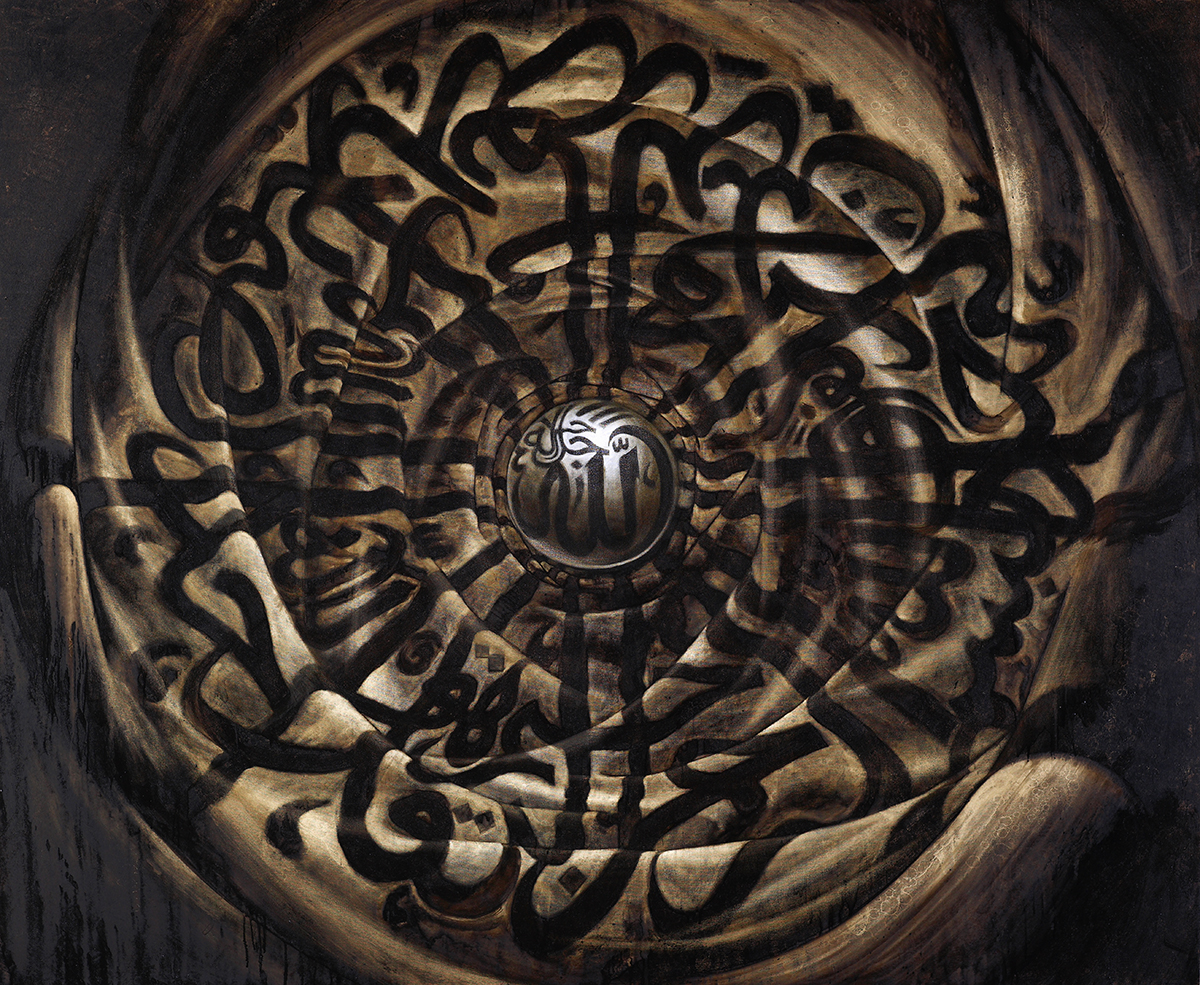
Hamir Soib, Ahad
Suhaimi Fadzir pioneered a completely new style of assemblage he titles ‘archipainting’. Suhaimi used his training as an architect to fix objects found in the world around him- from a dismantled bicycle to corrugated tin roofs to car bumpers- onto canvases in a style that merged installation, sculpture, and mixed media. It is an extremely radical and innovative practice that visually describes the growth of contemporary Malaysia very well.
LUX: What is your vision going forward?
AFK: Assembling The AFK Collection was not easy. It required a great deal of time, financing and constant discussions with curators and artists. At the same time, it is a body of work that we deeply love and are very proud of. We recognise the effort that went into putting this collection together and we hope that it will continue to be a major resource in creating greater awareness for and education on Malaysian contemporary art. We envision a society that is more knowledgeable on the wonderful Malaysian contemporary art history and artists and a society able to engage in conversation on art as easily as any other topic.
Find out more: afkcollection.com
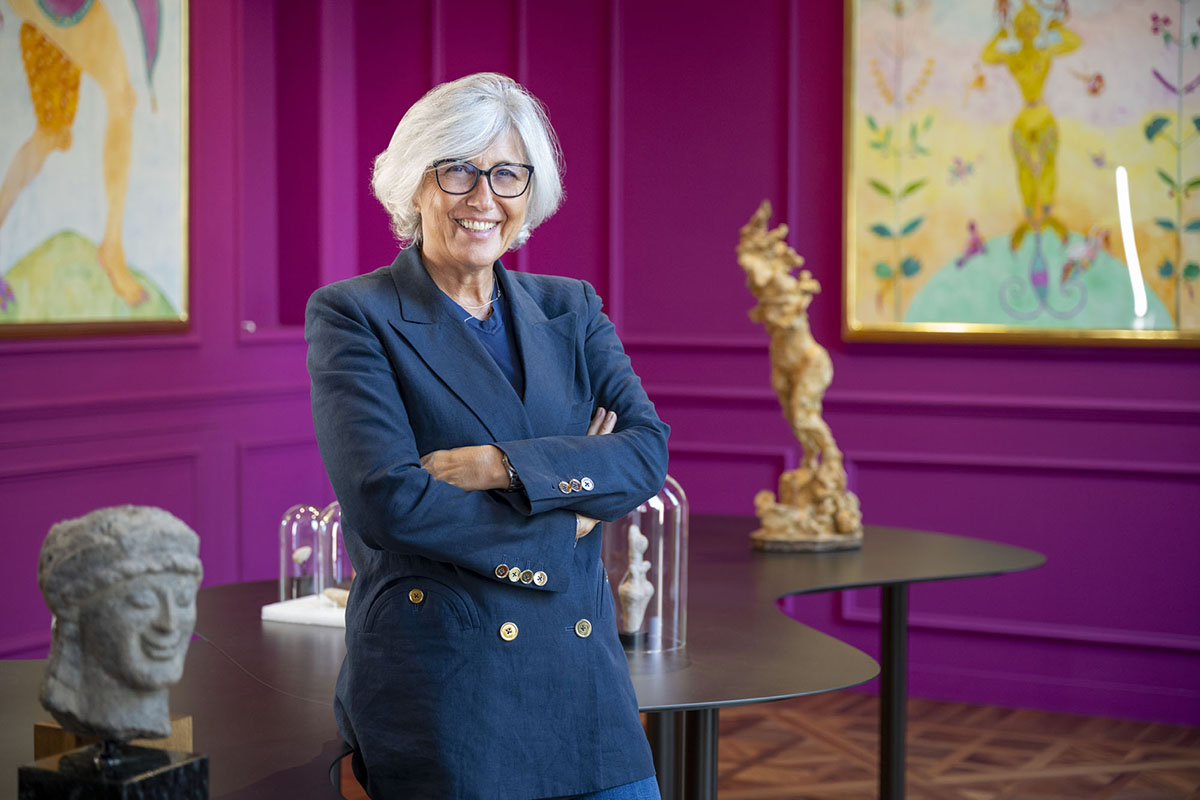
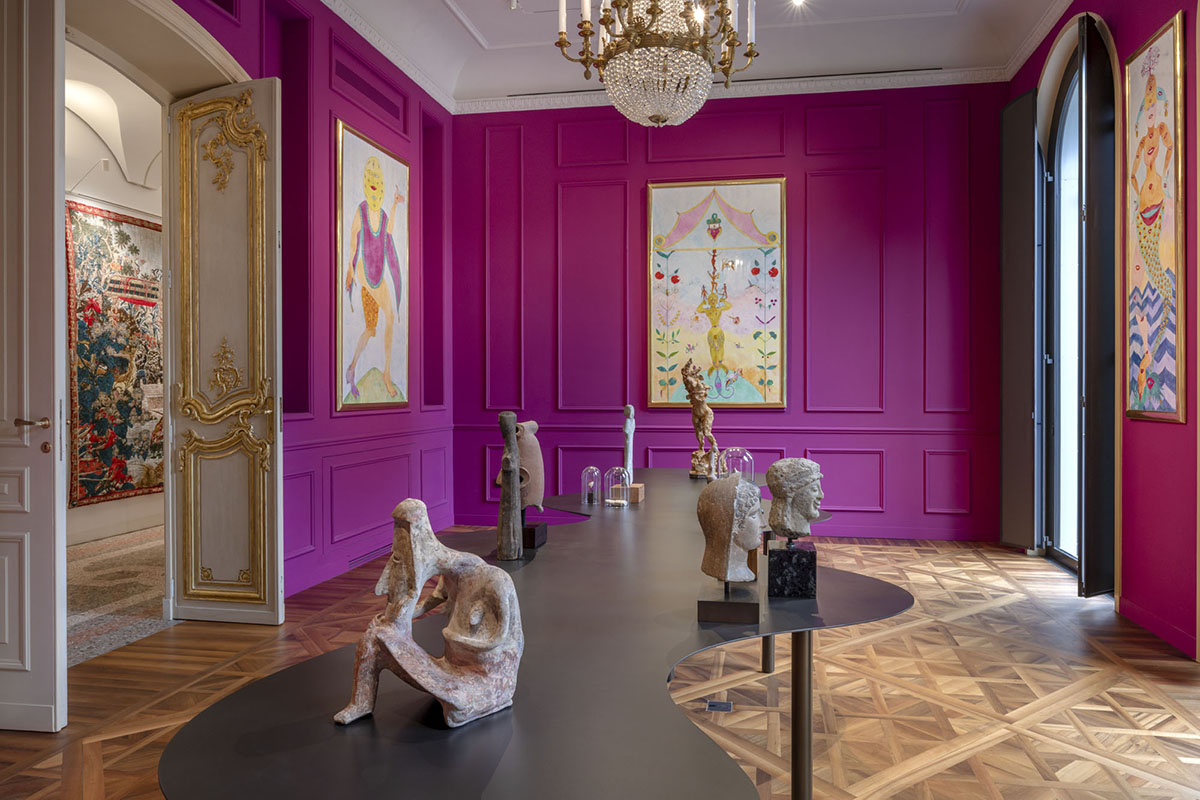
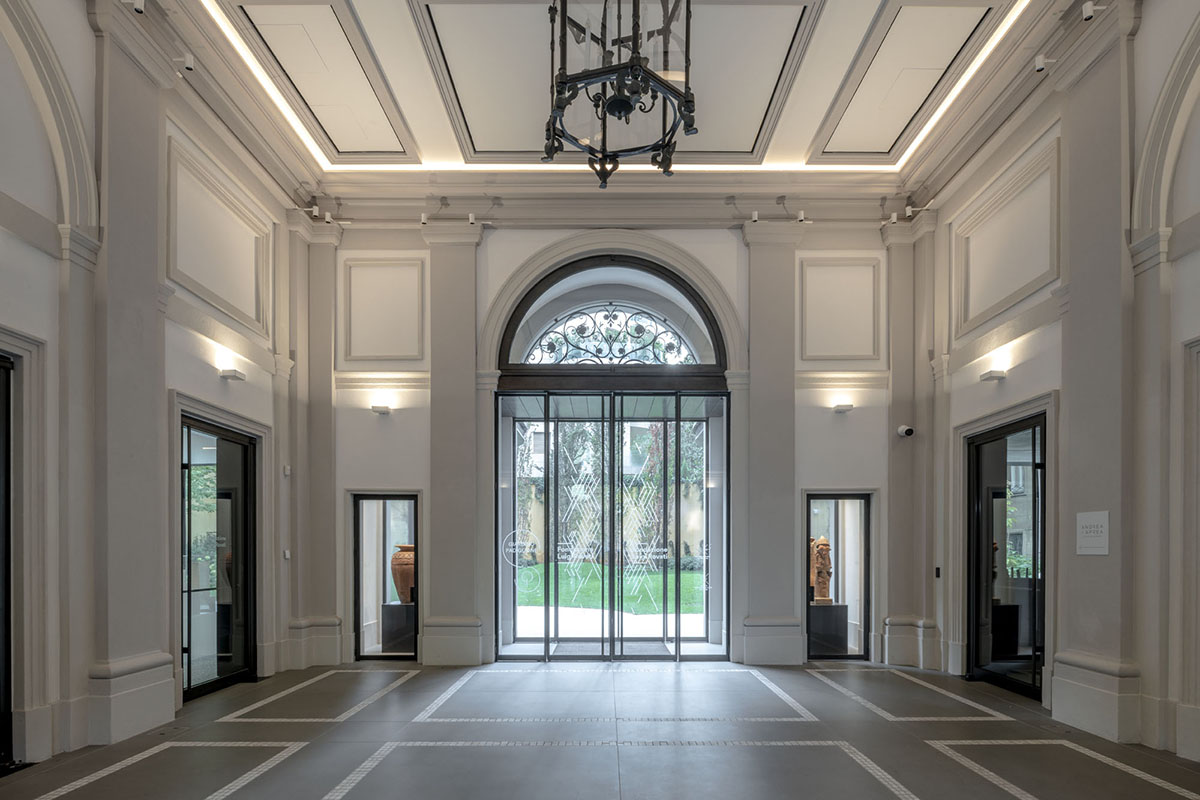
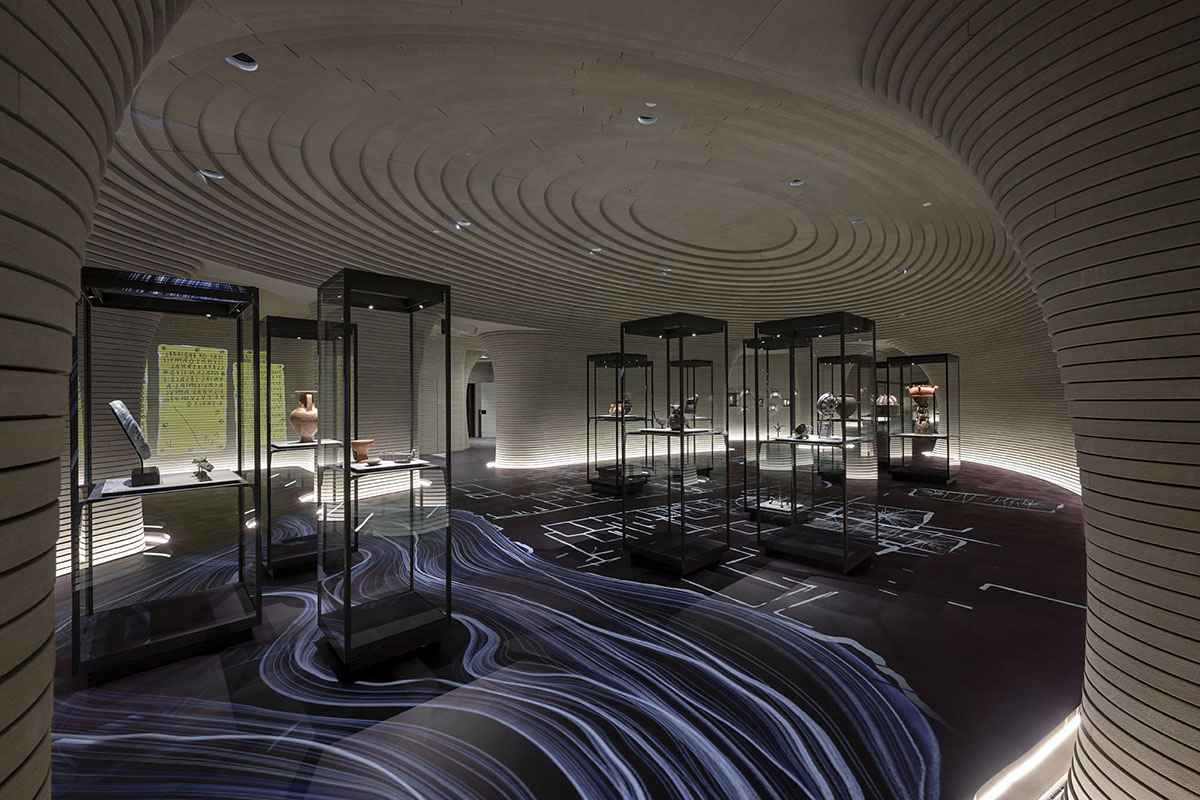
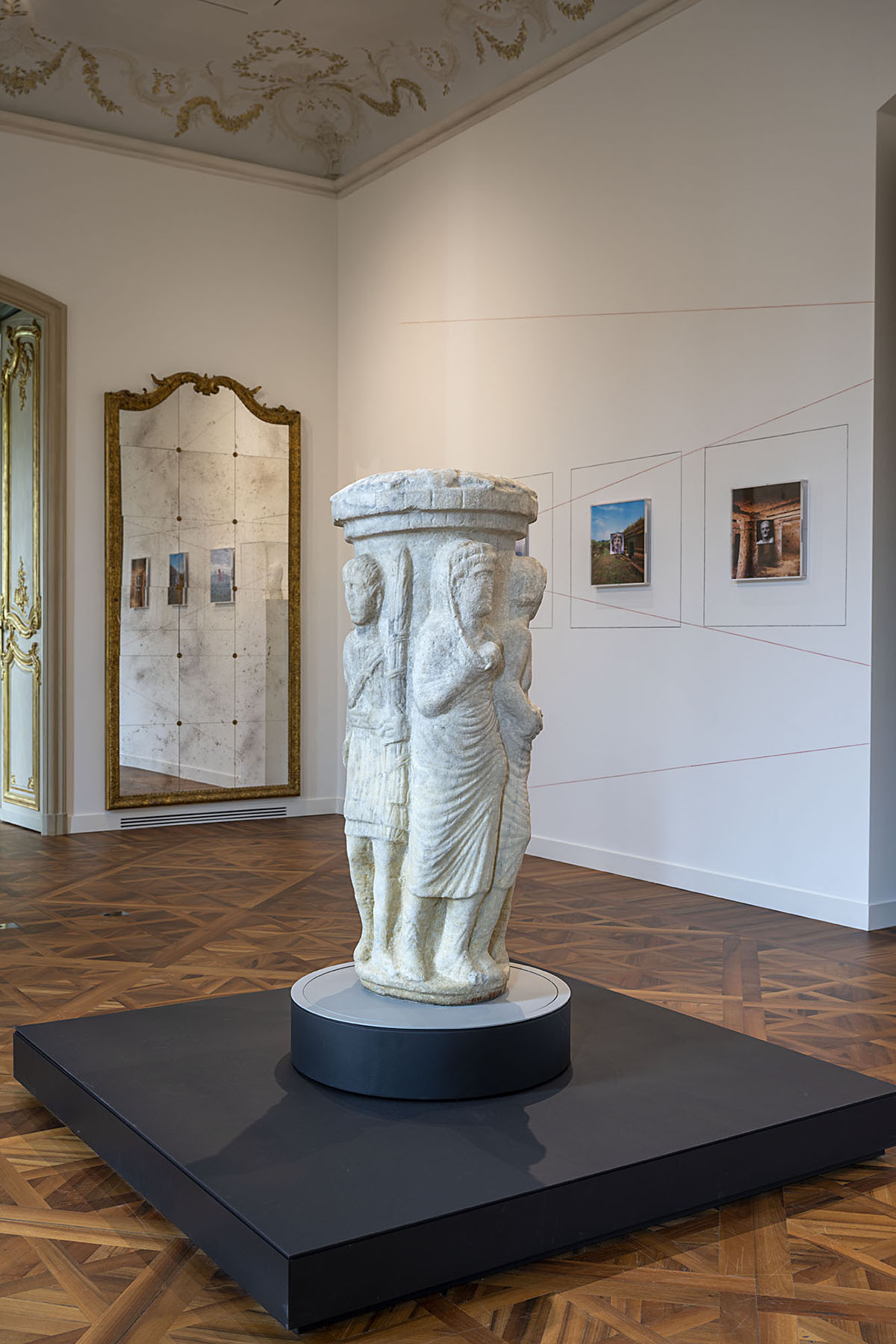

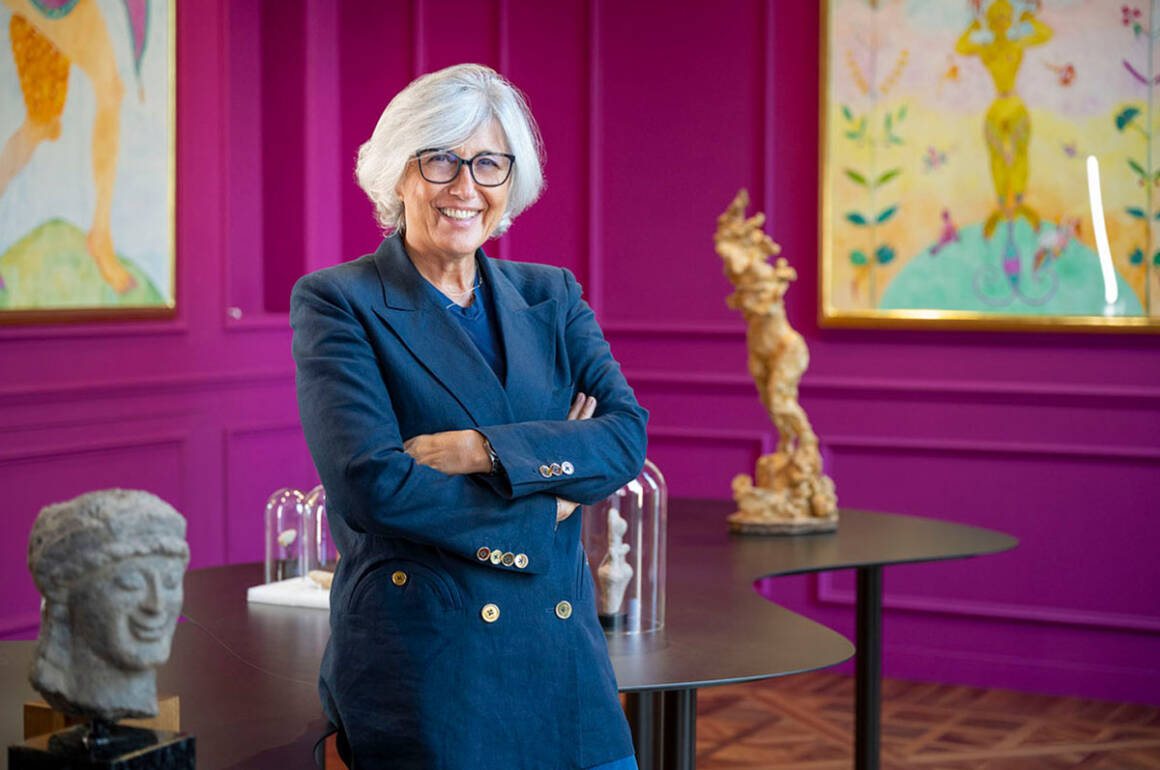
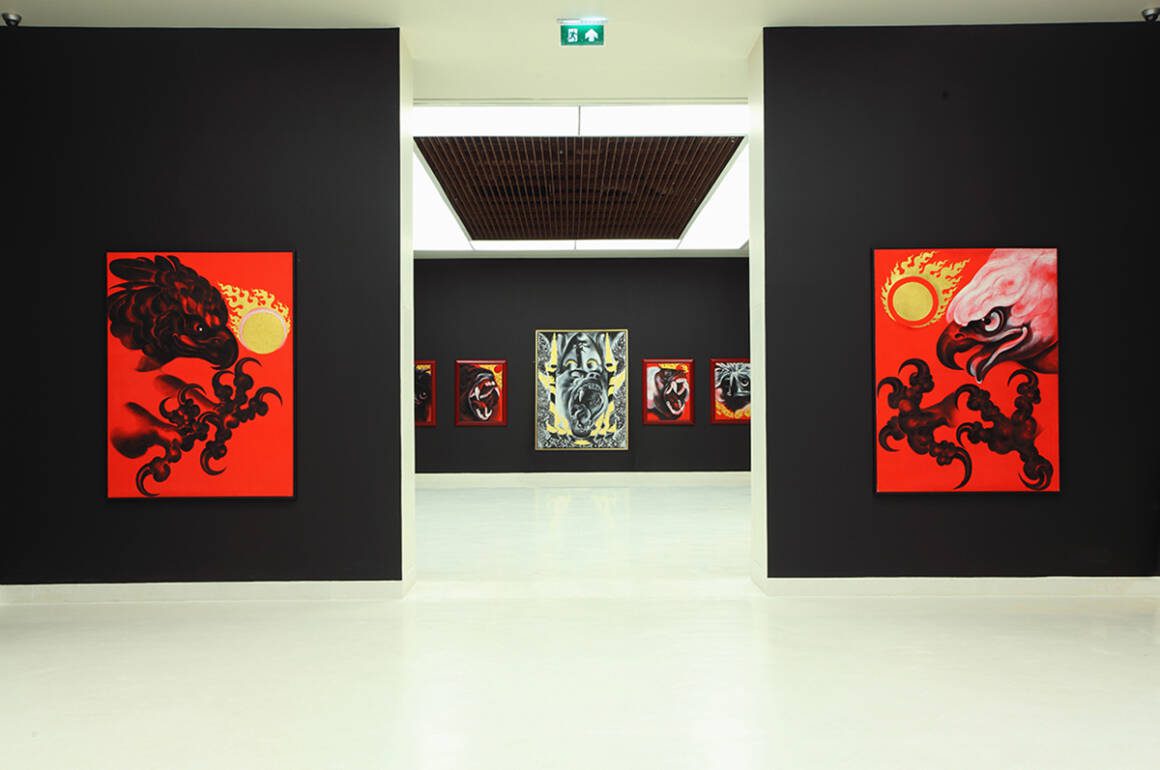

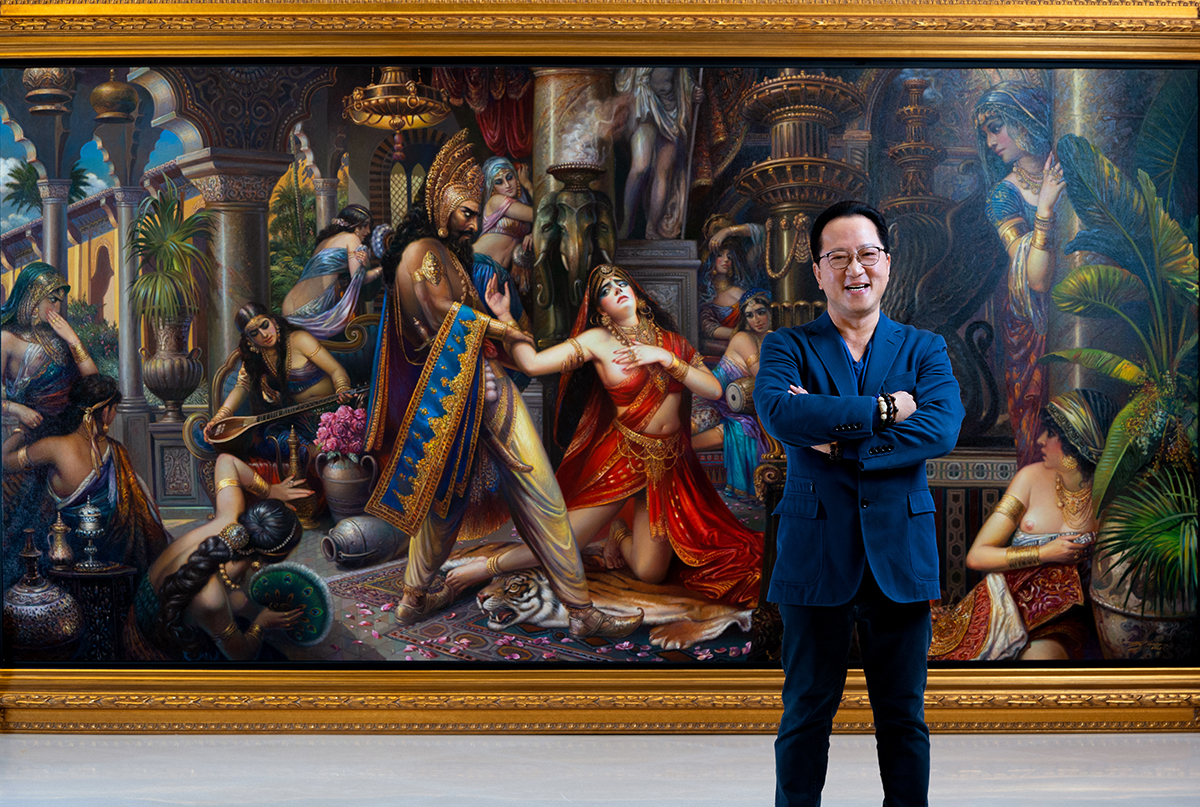
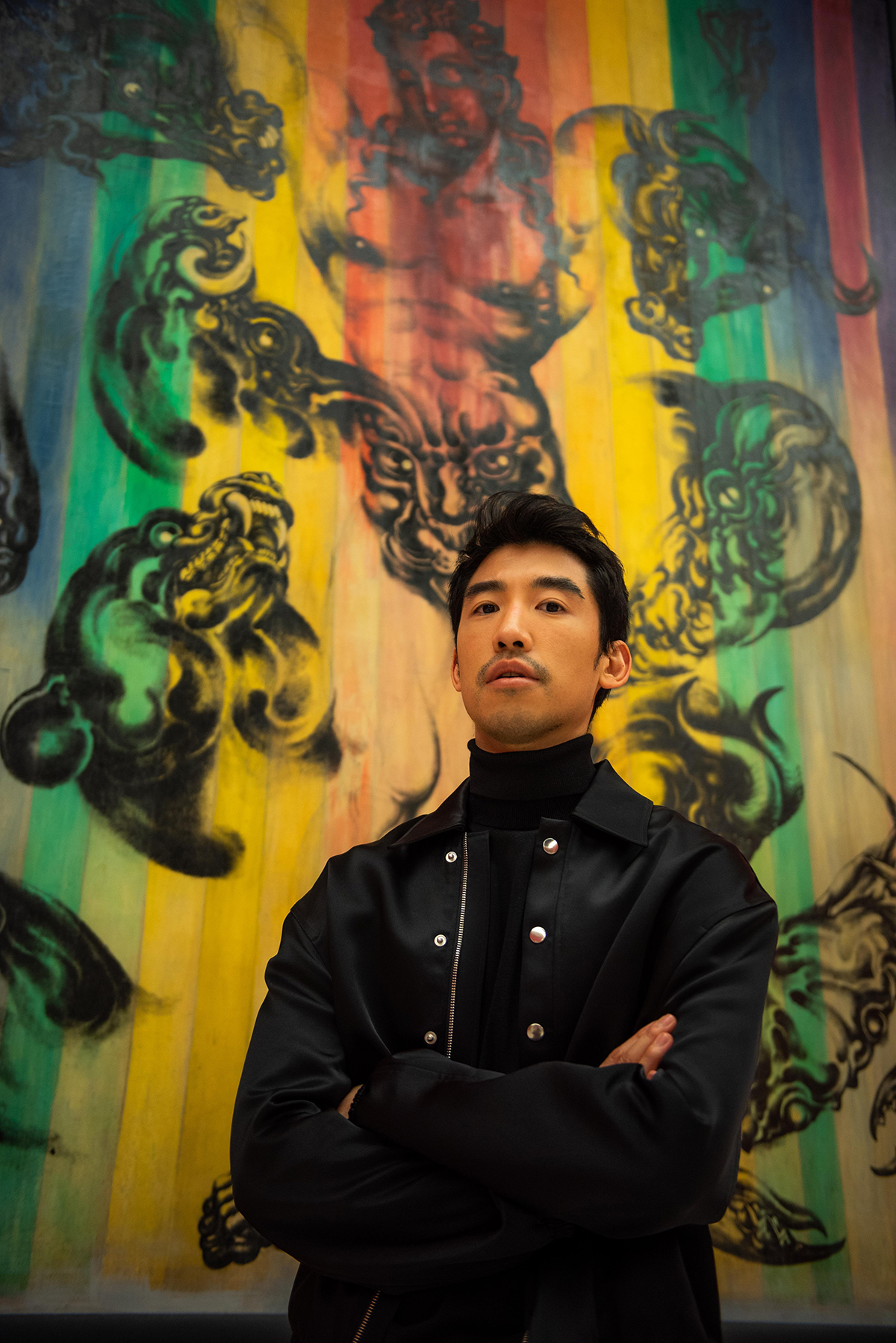
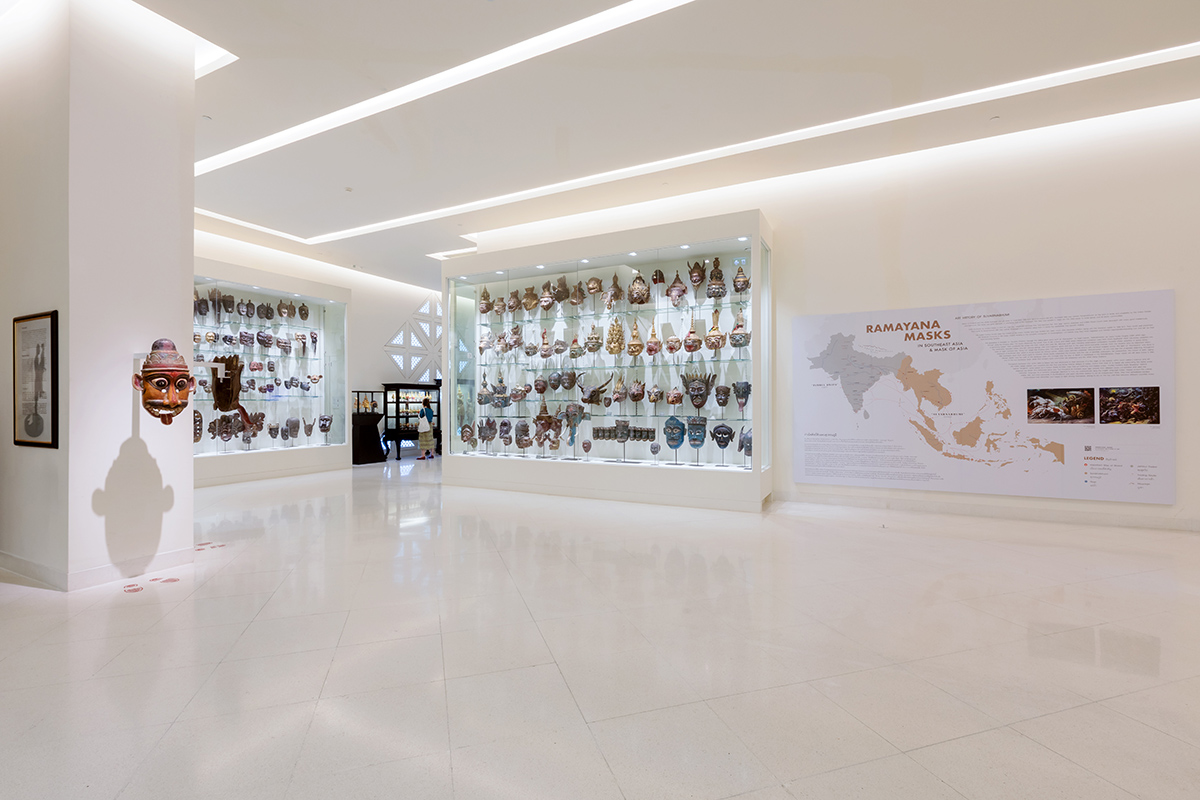
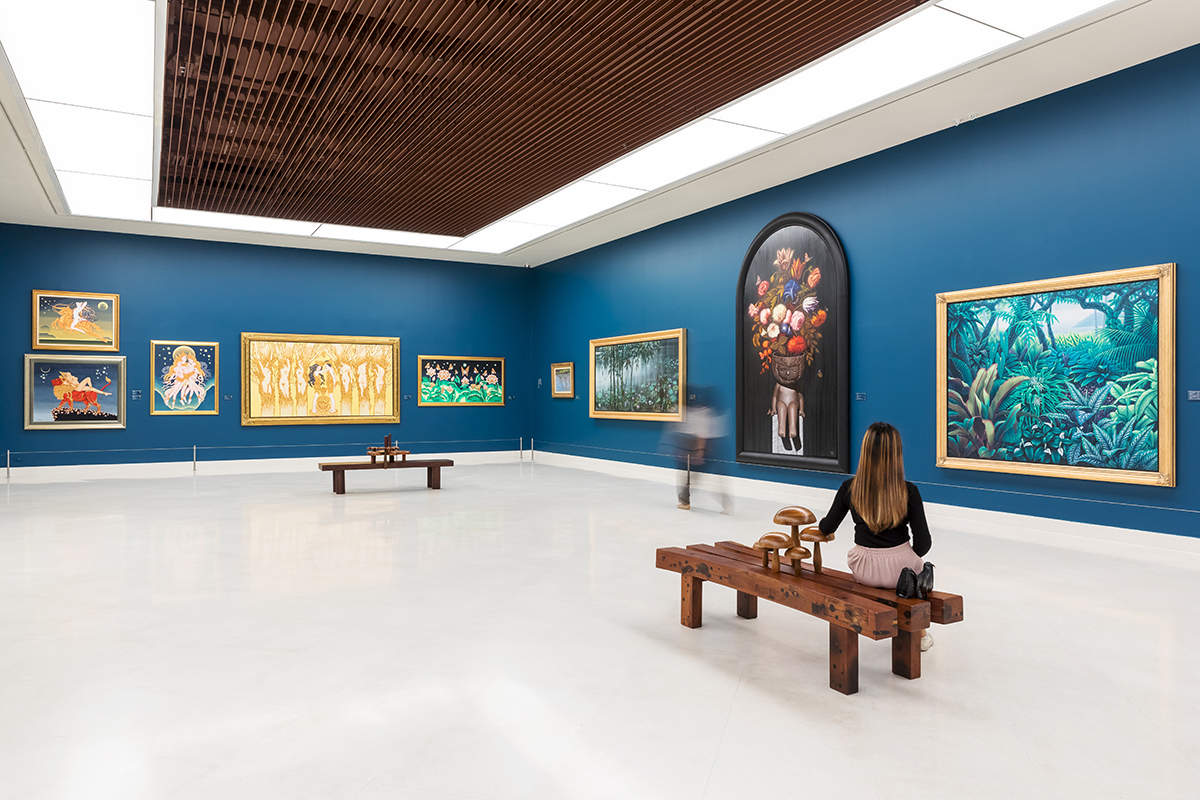

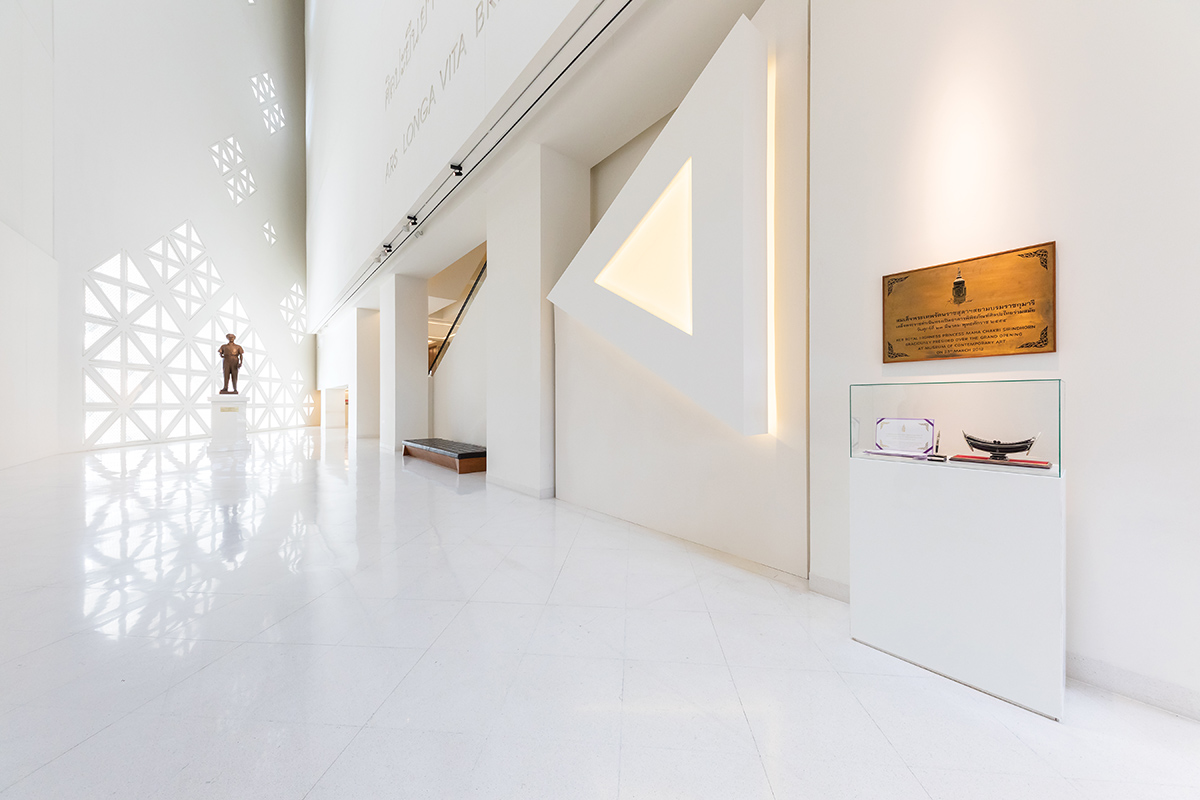
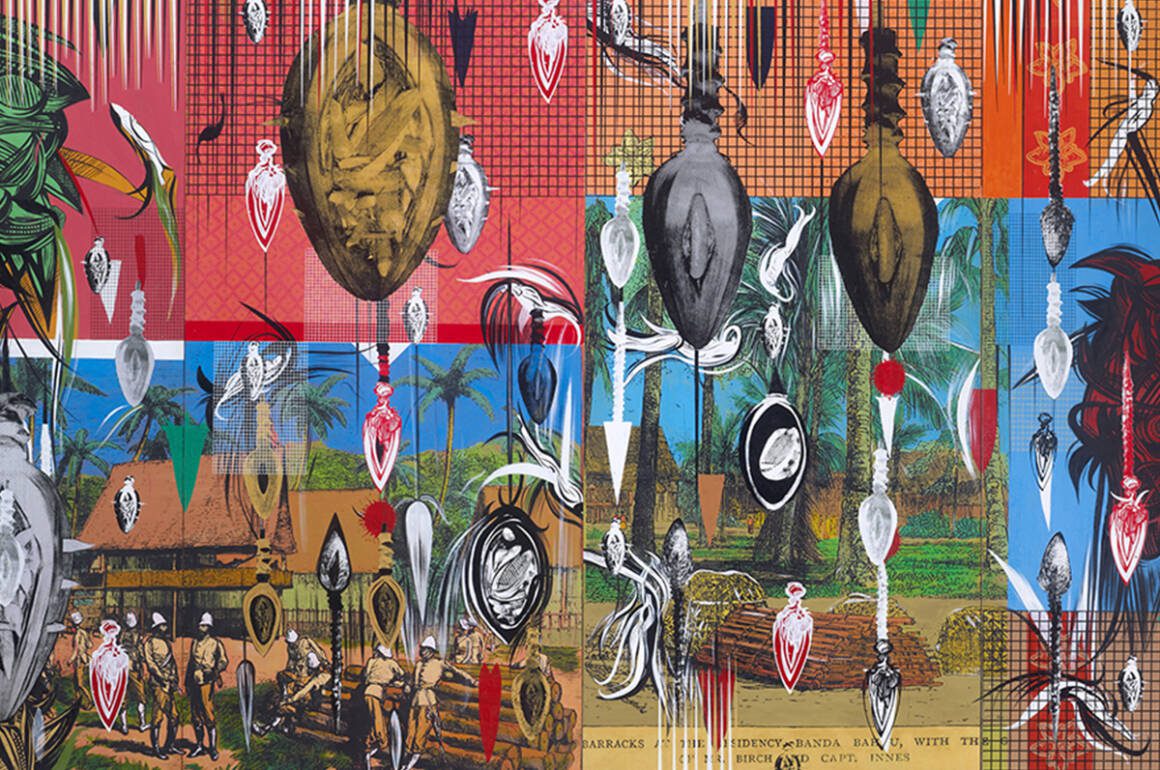







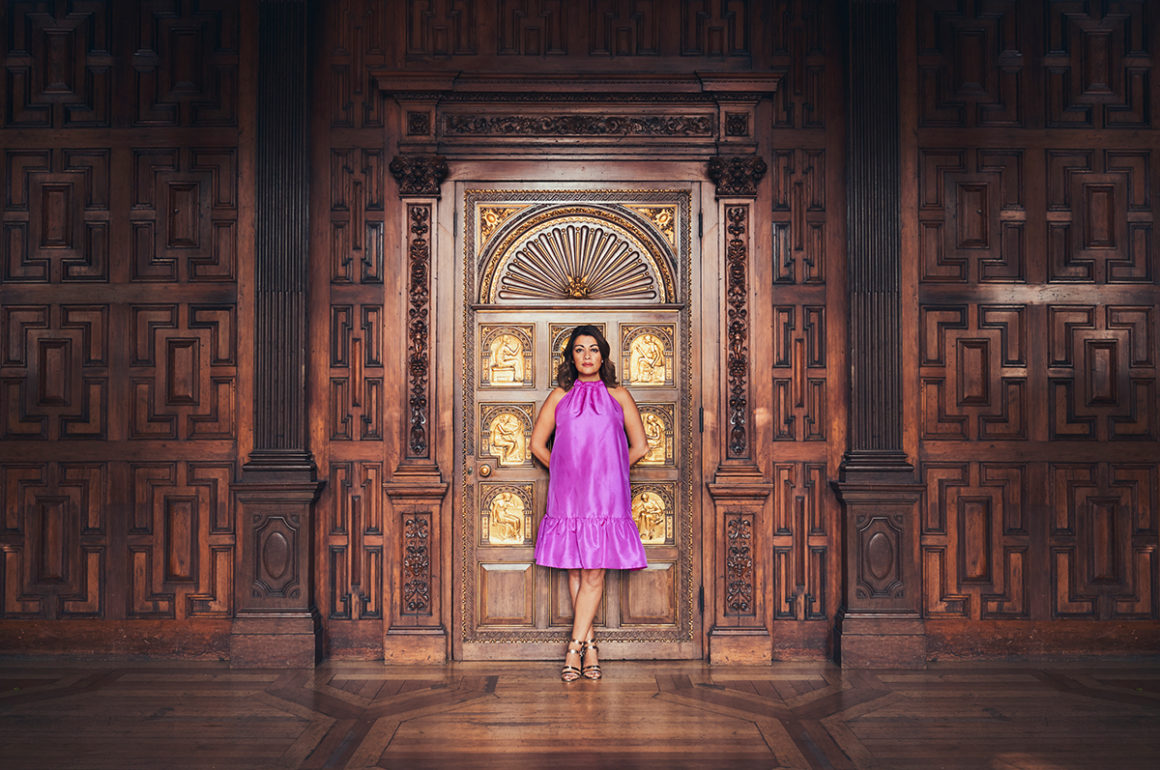

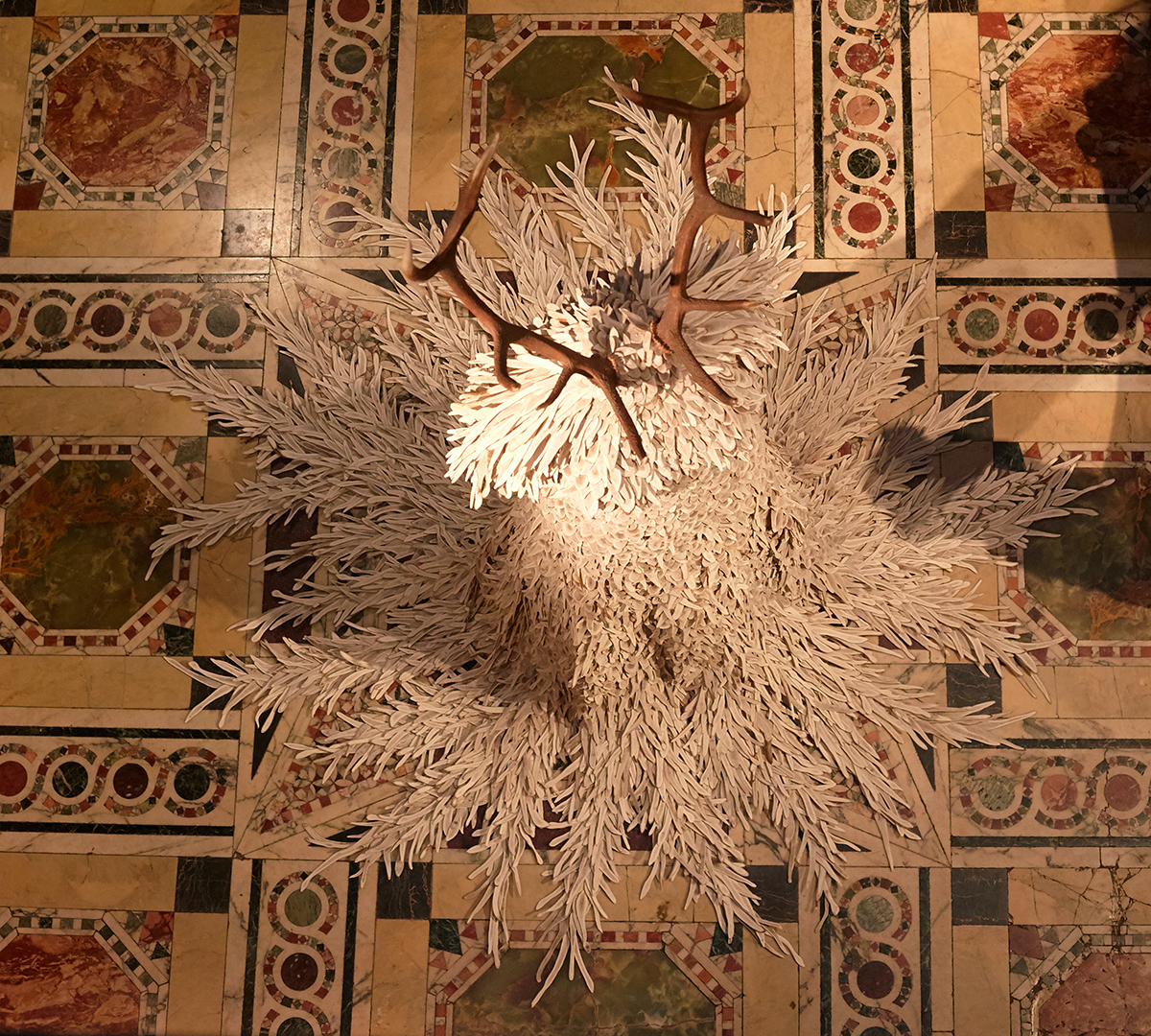
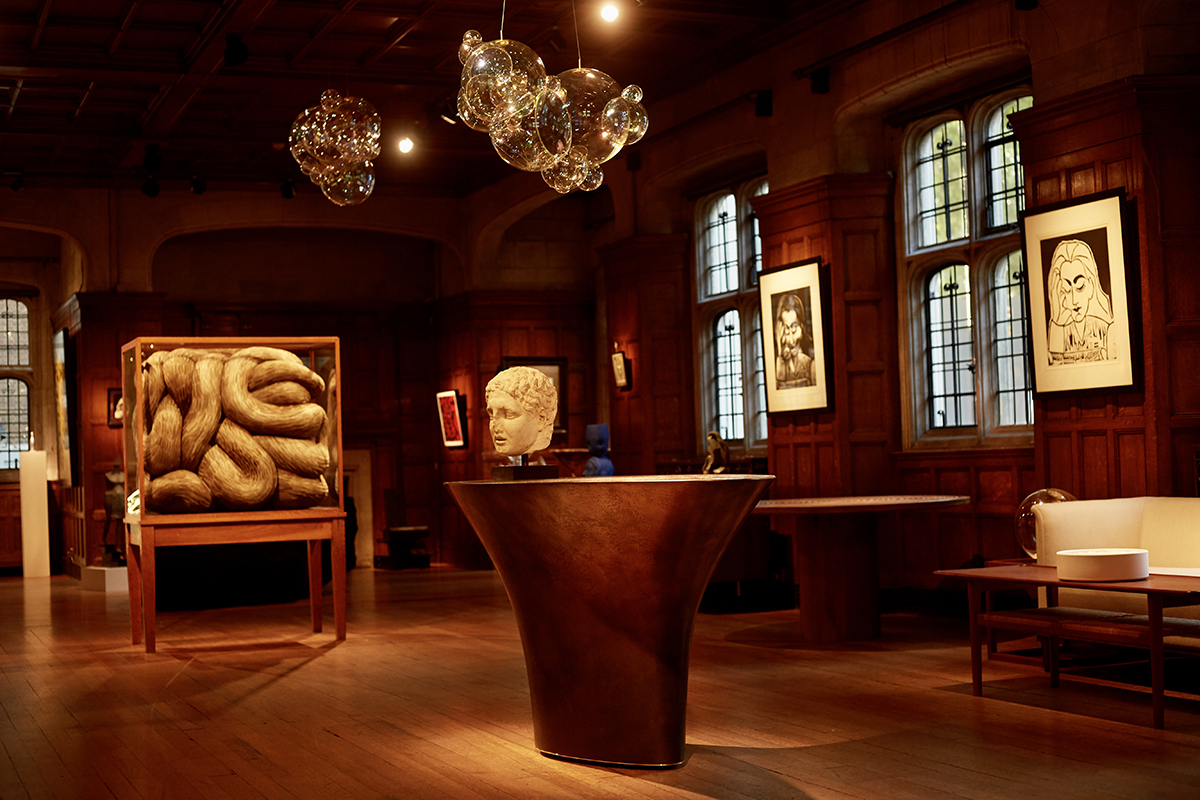
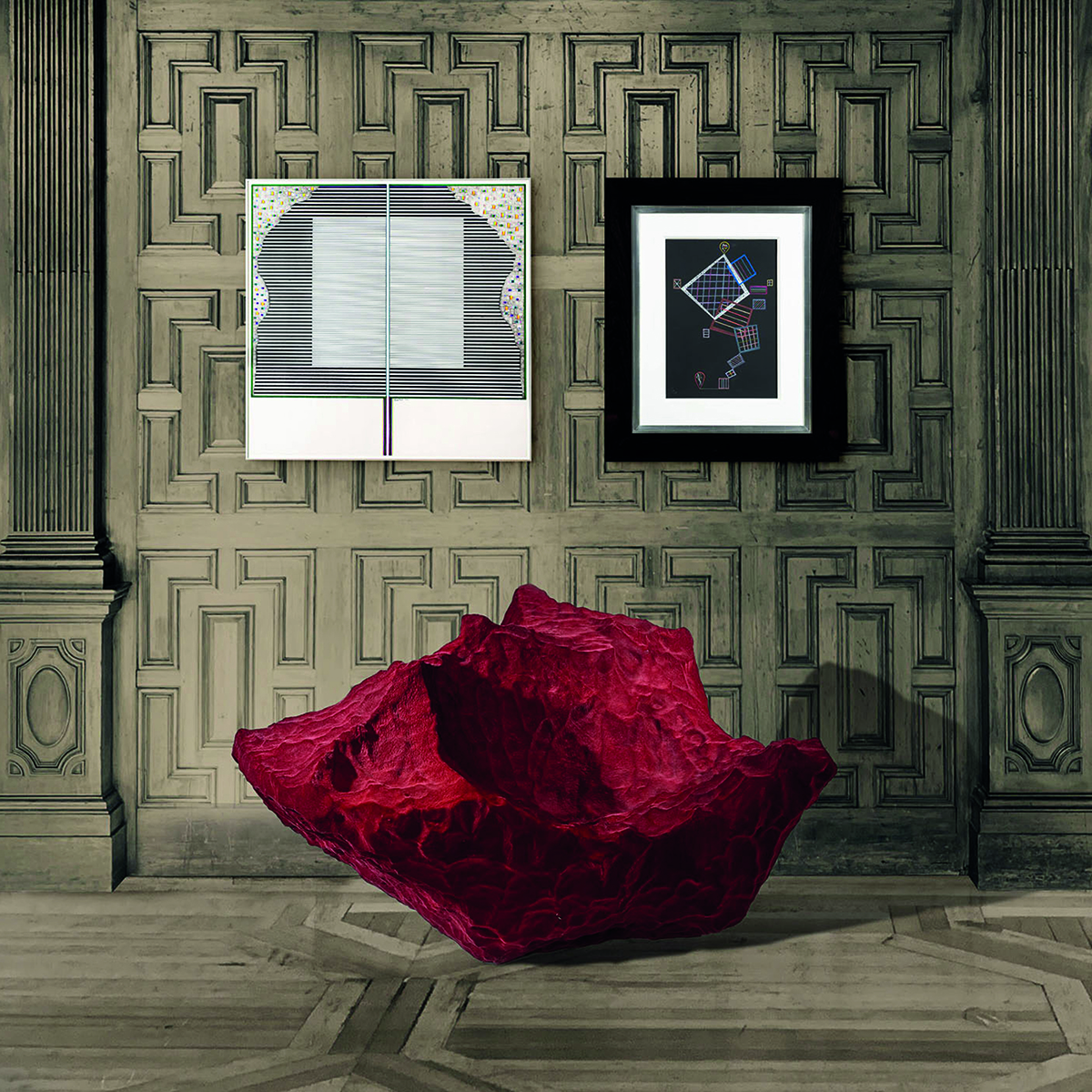
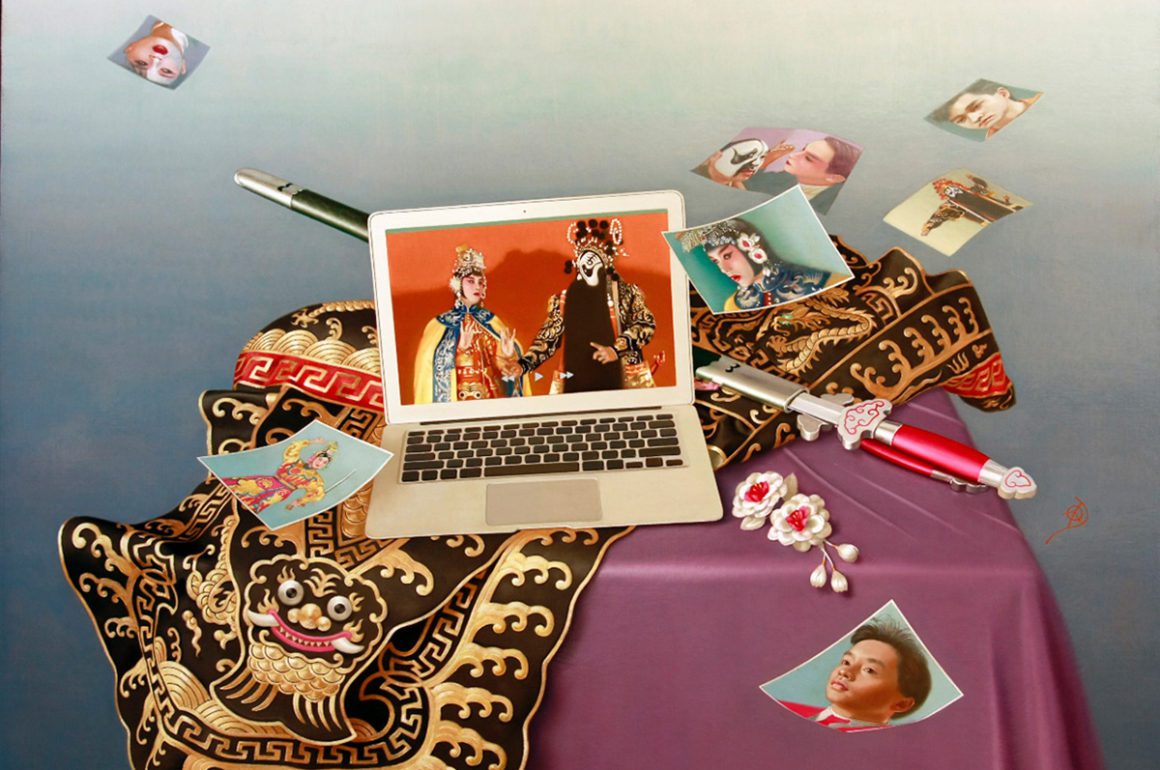
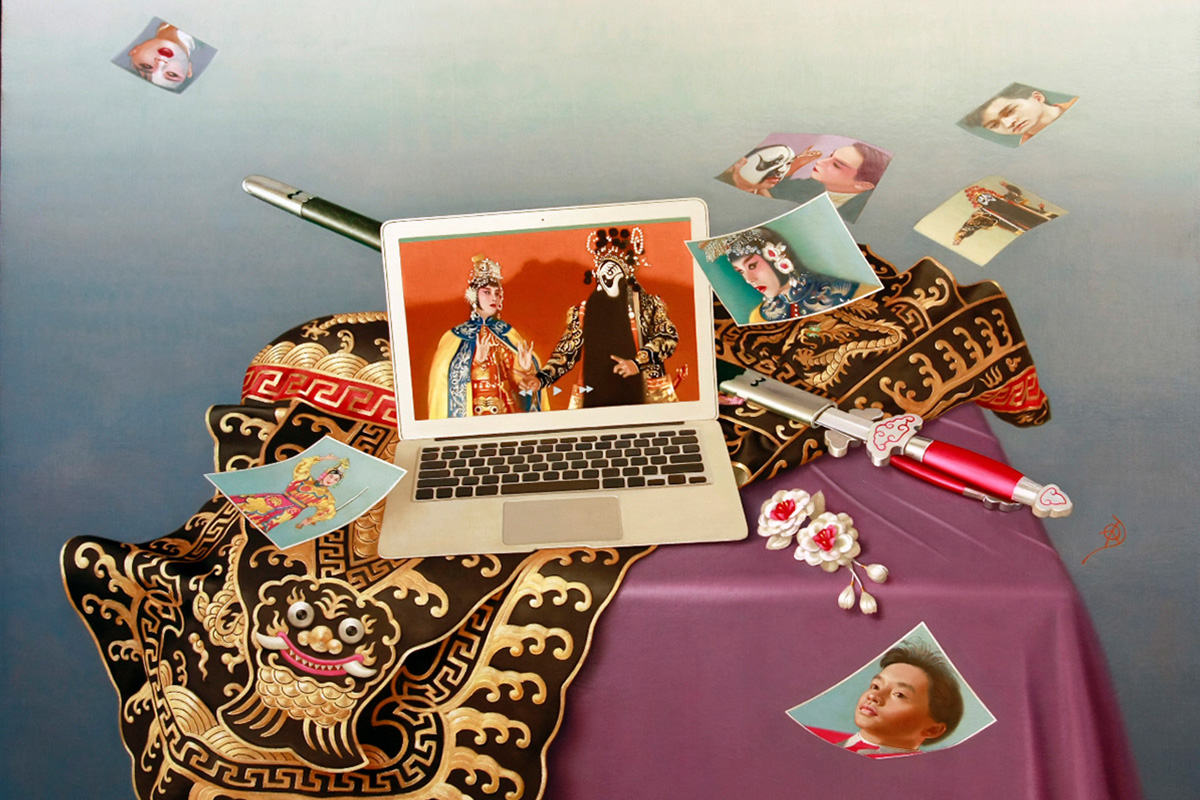
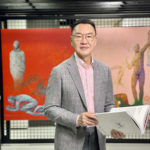
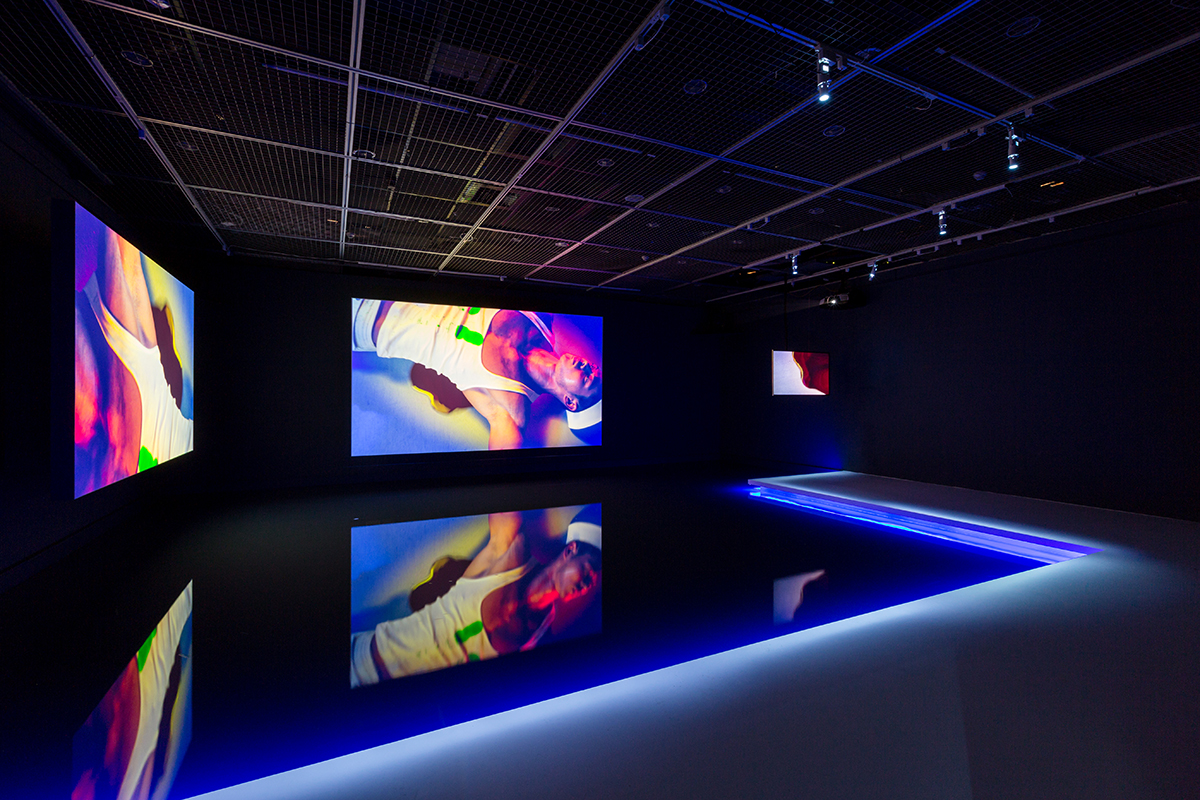
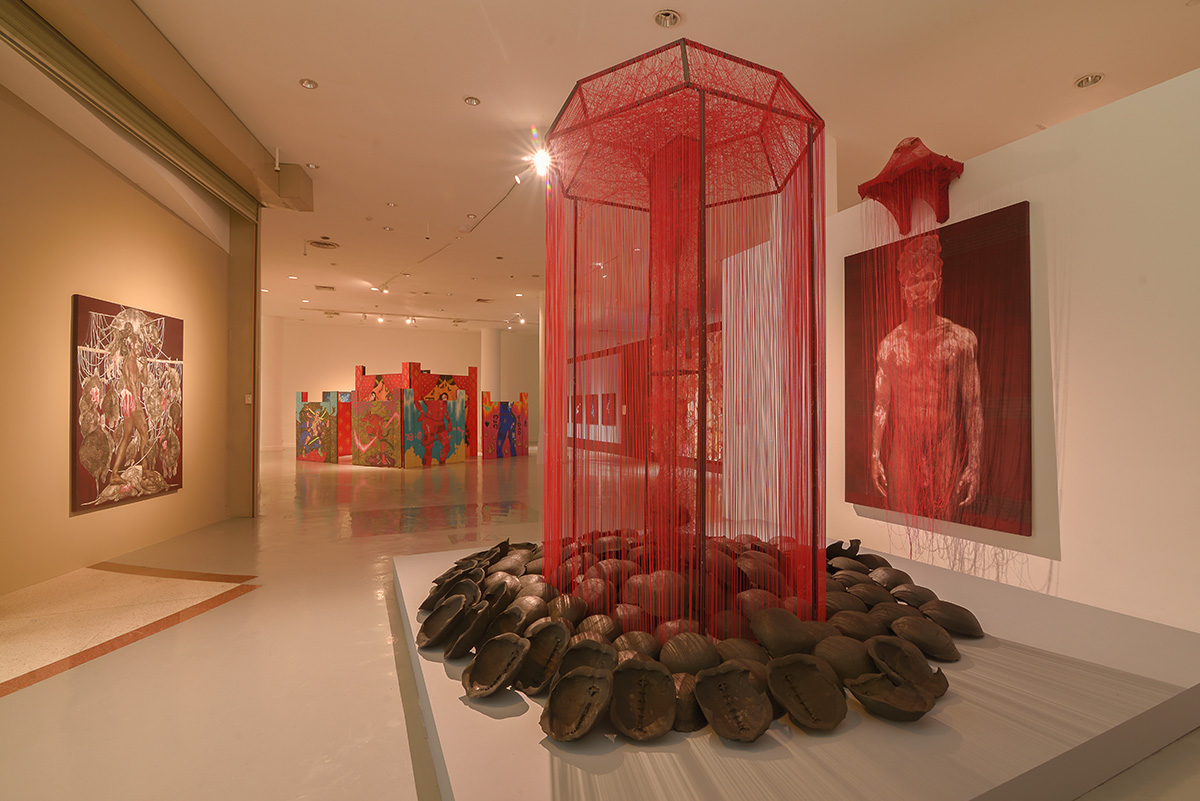
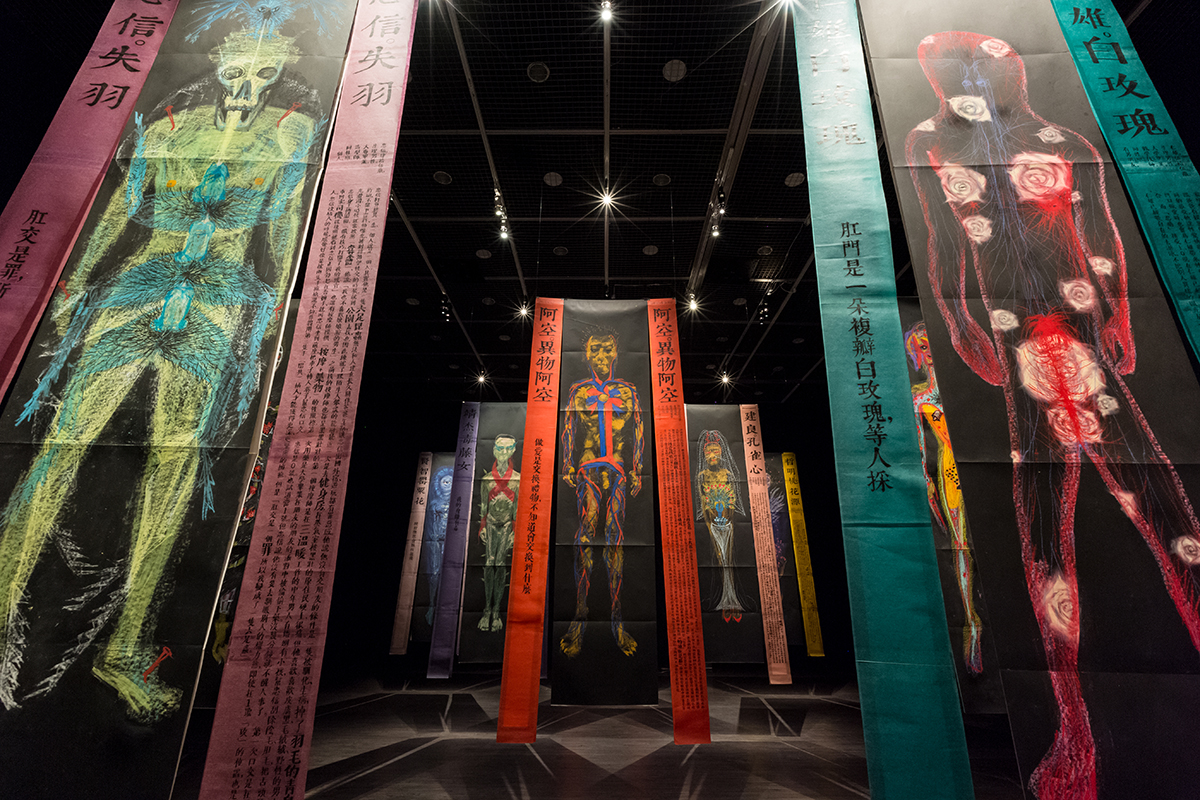
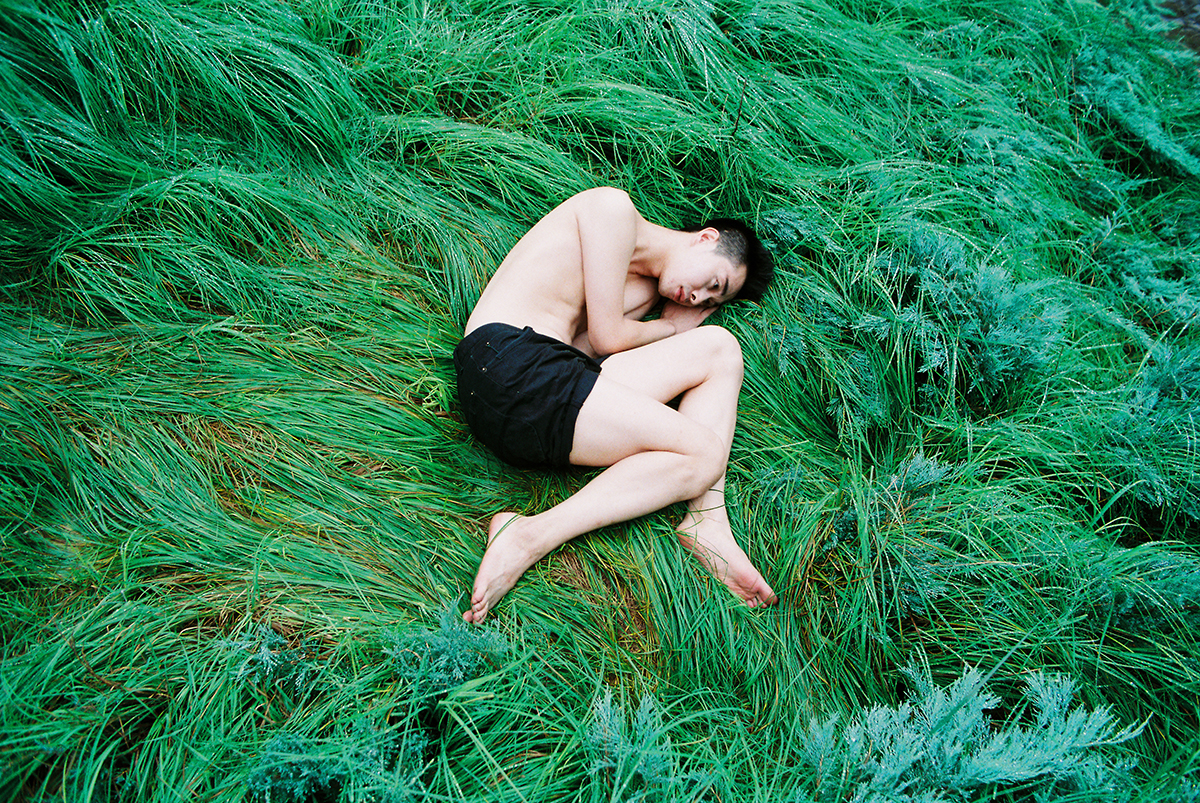
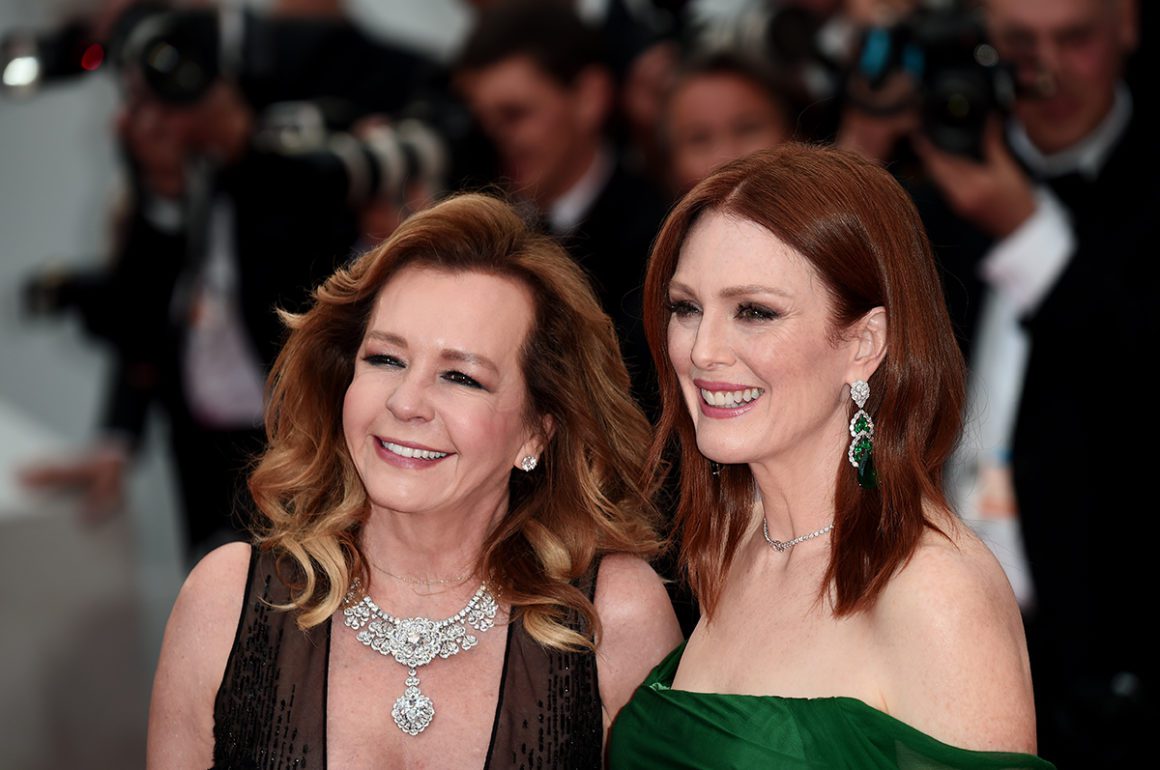
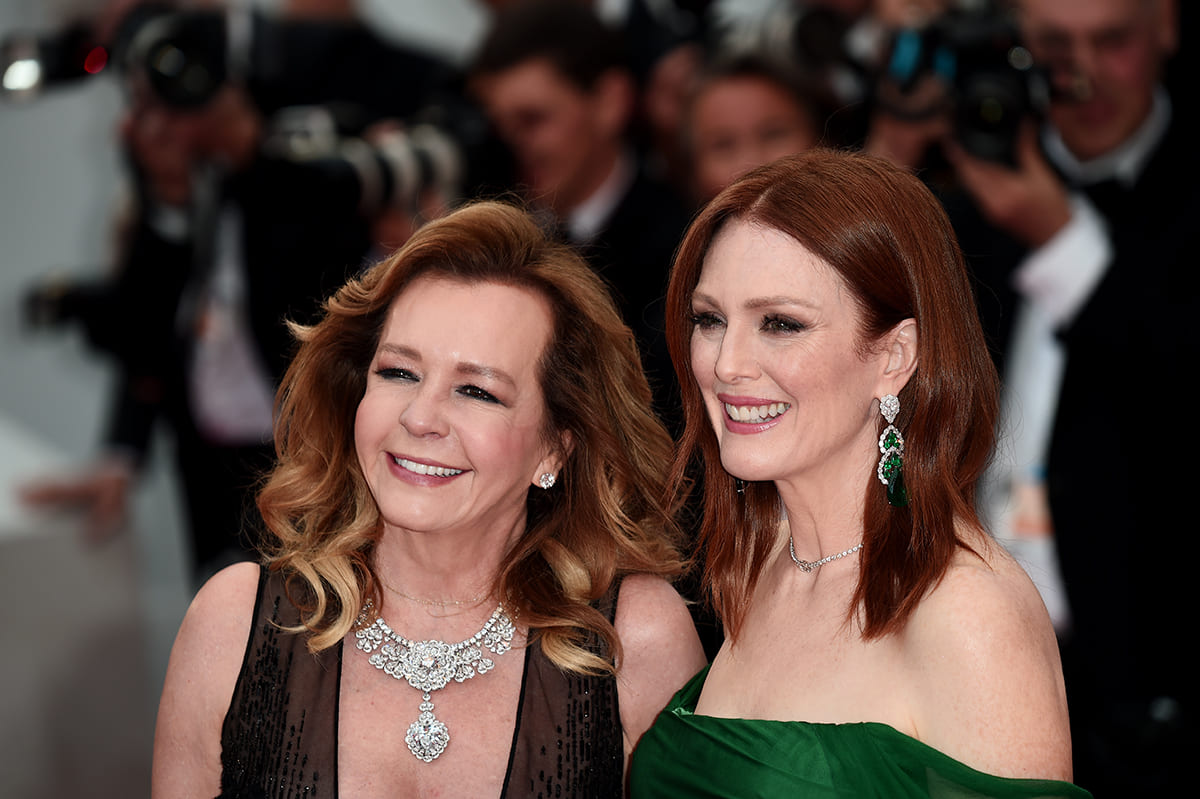
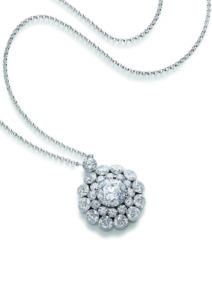
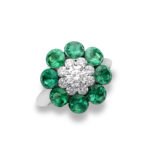 When Chopard’s artistic director and co-president,
When Chopard’s artistic director and co-president, 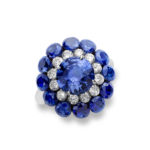 The custom of saving something for best may have fallen out of favour and after several months of lockdown and the tedium of
The custom of saving something for best may have fallen out of favour and after several months of lockdown and the tedium of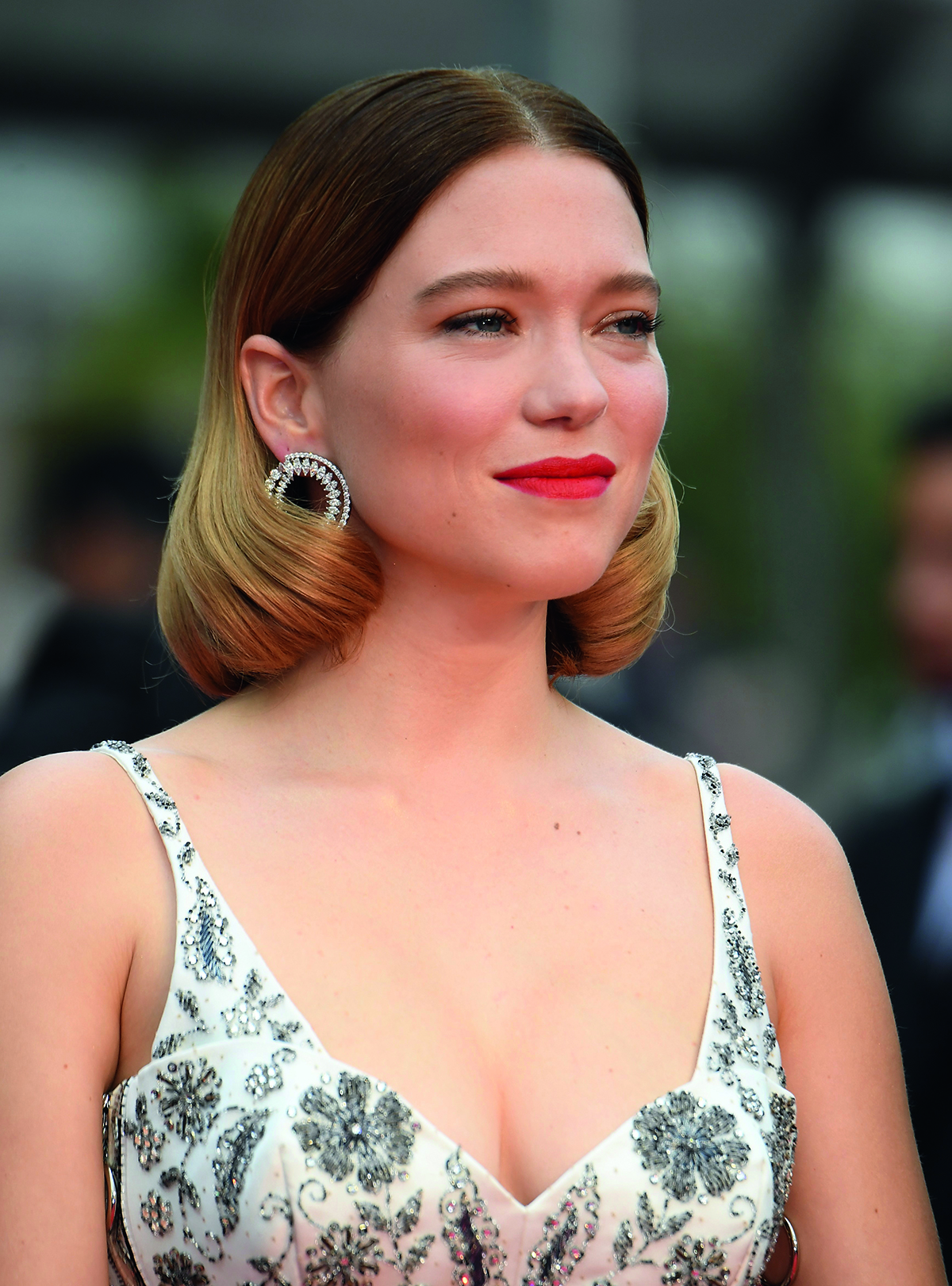

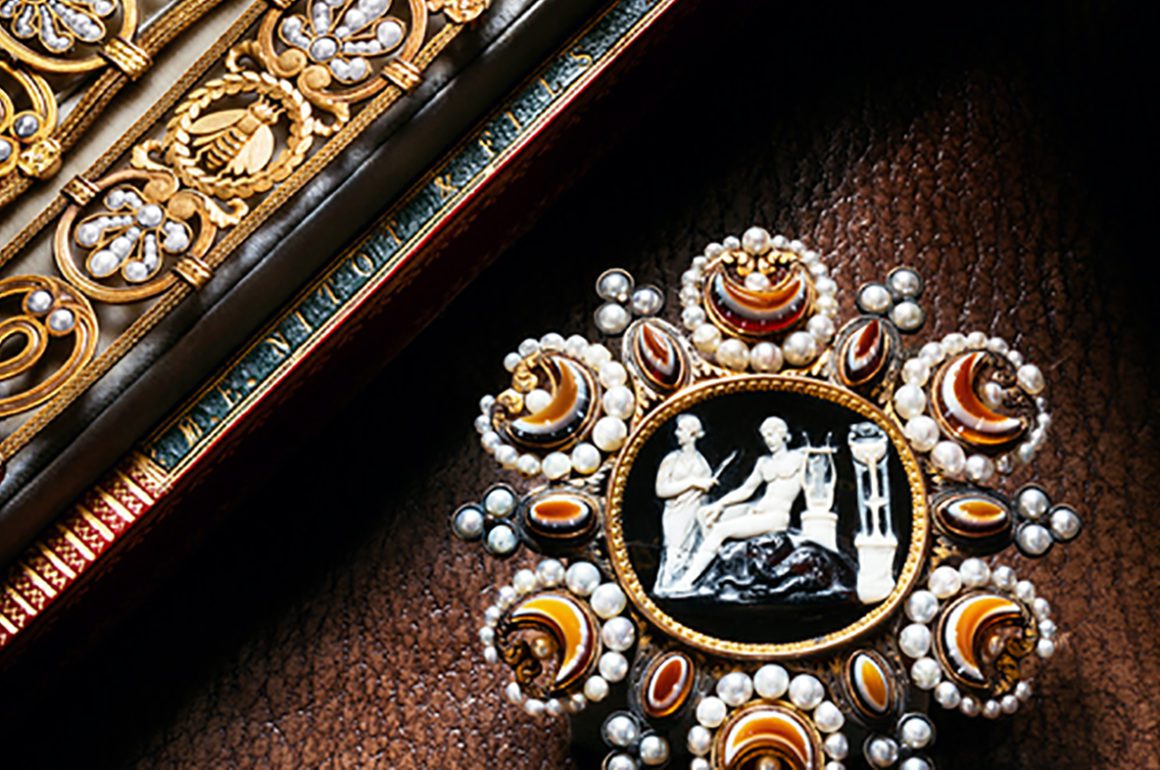
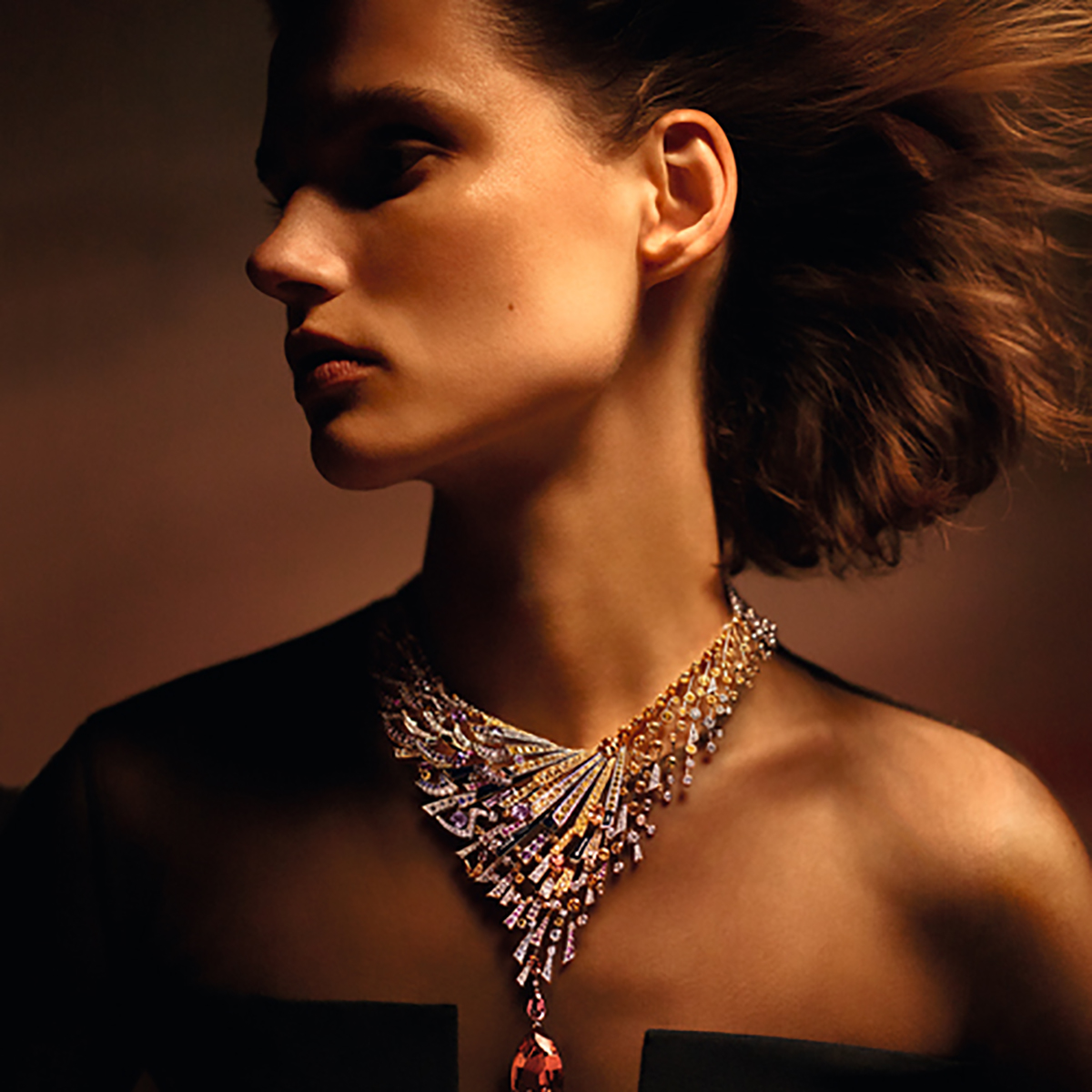
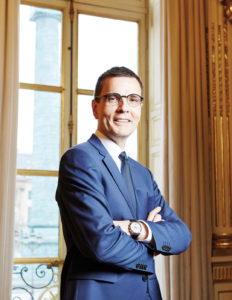
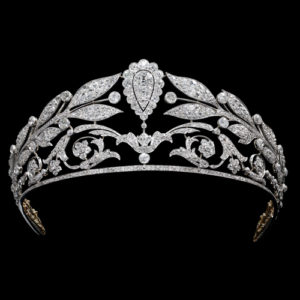


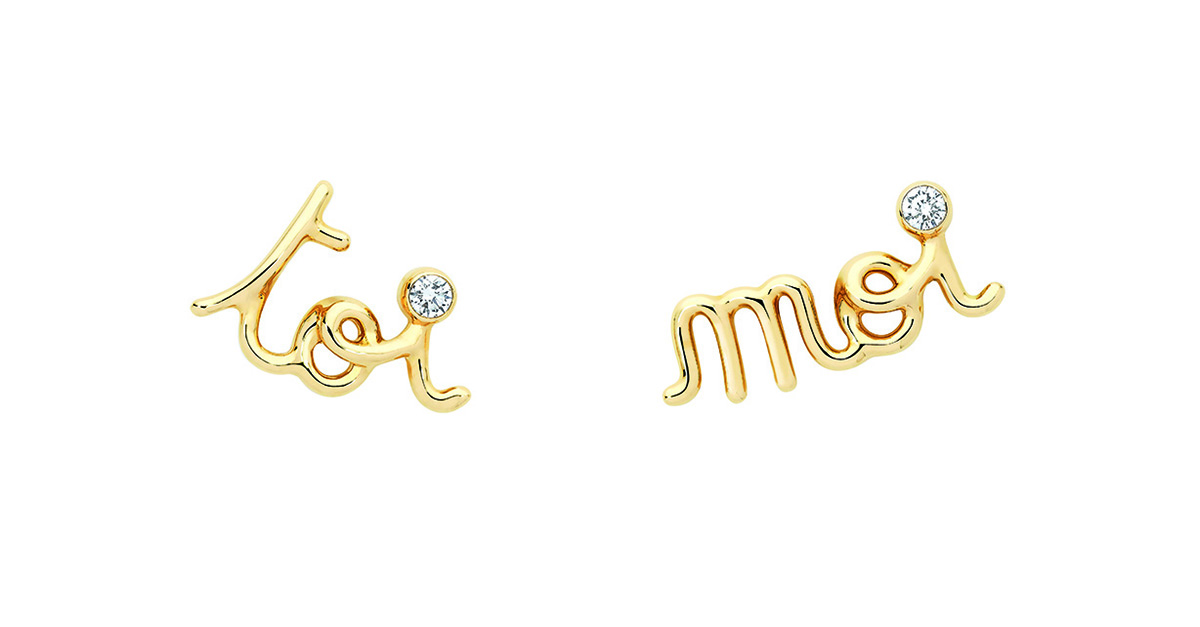
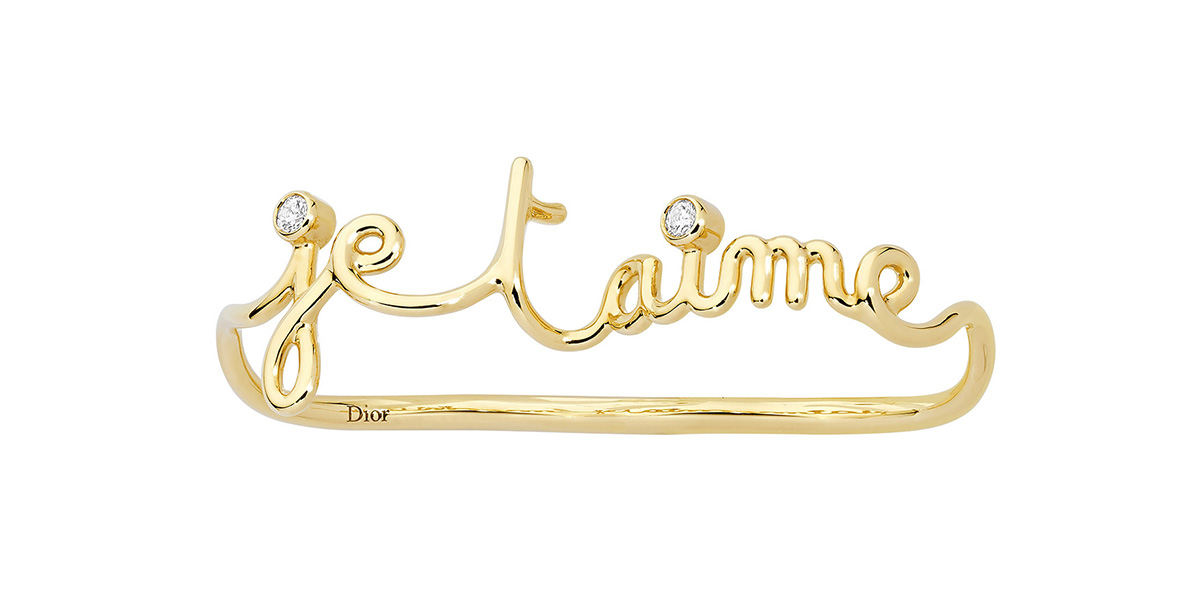
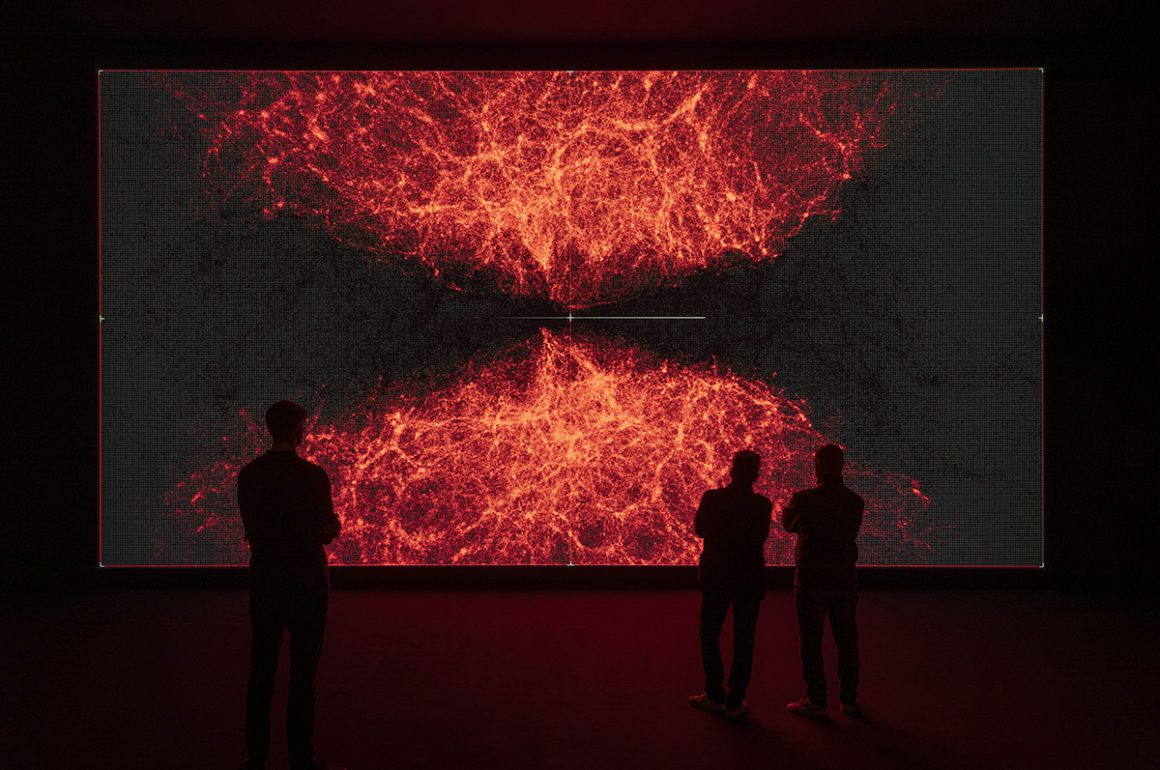
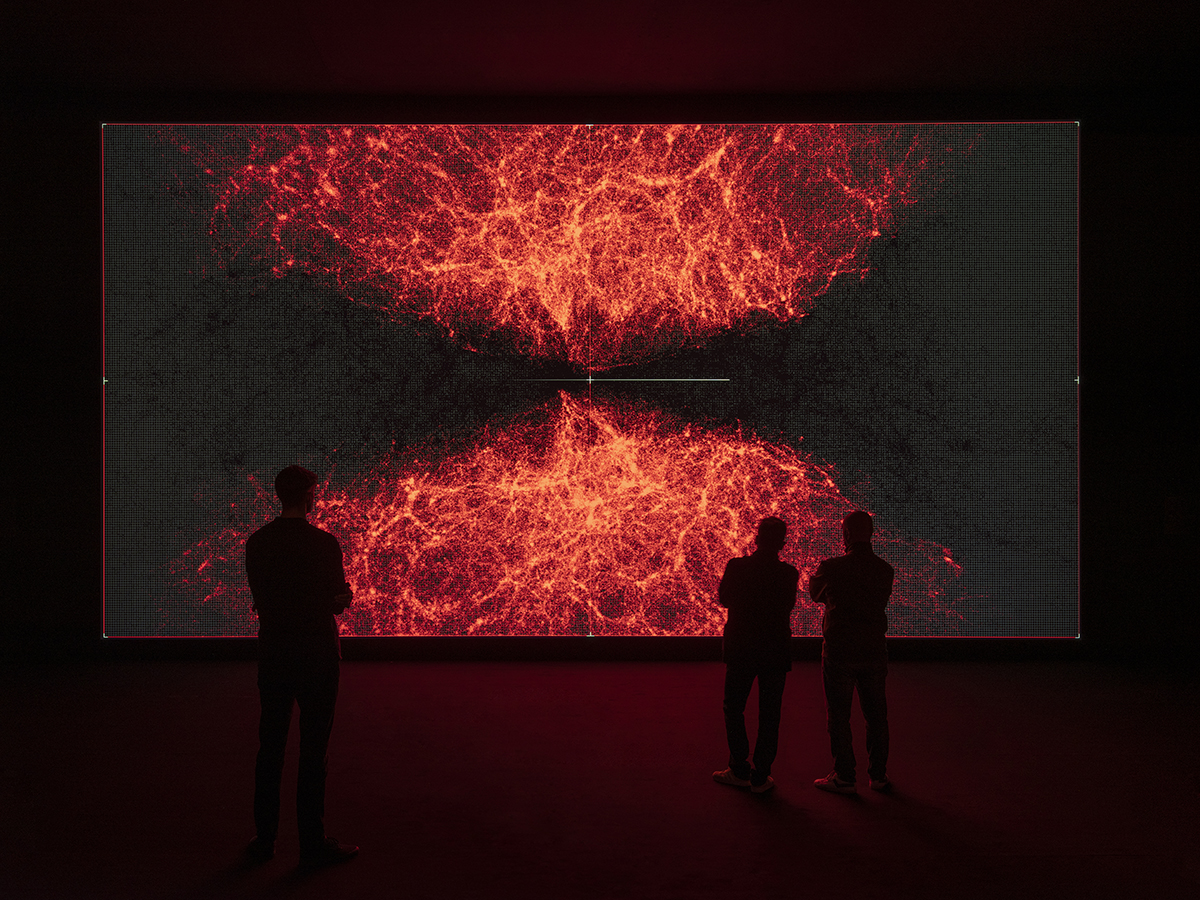
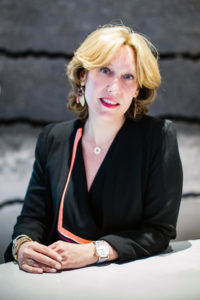
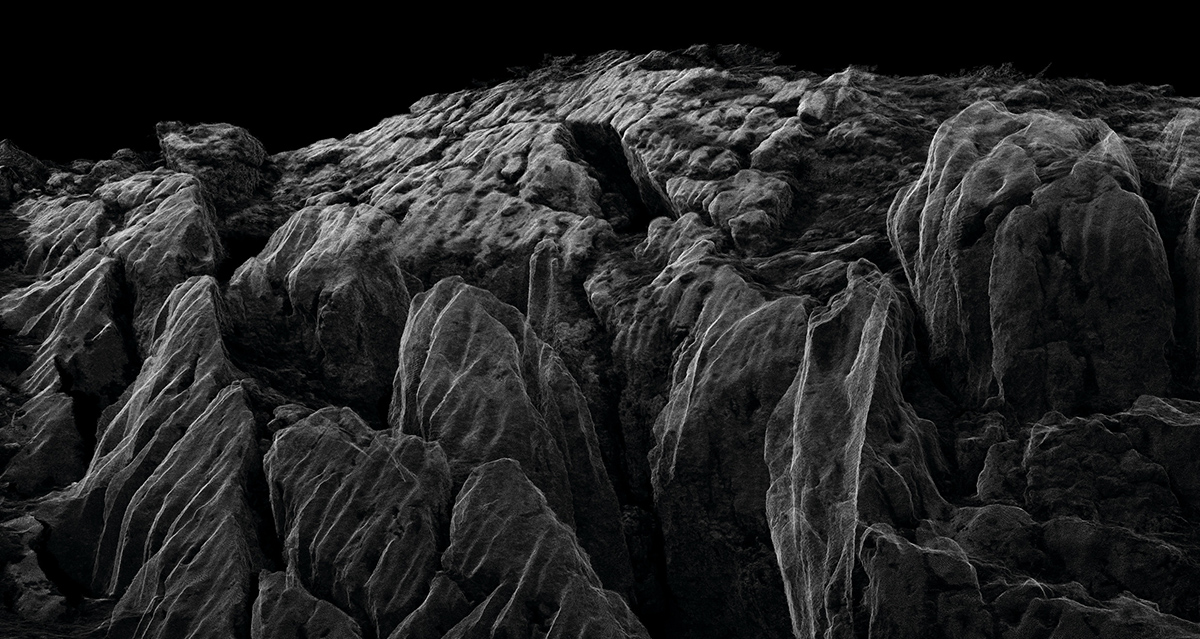
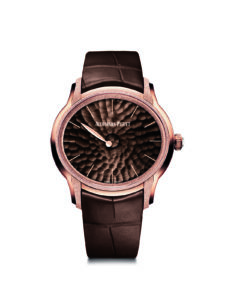

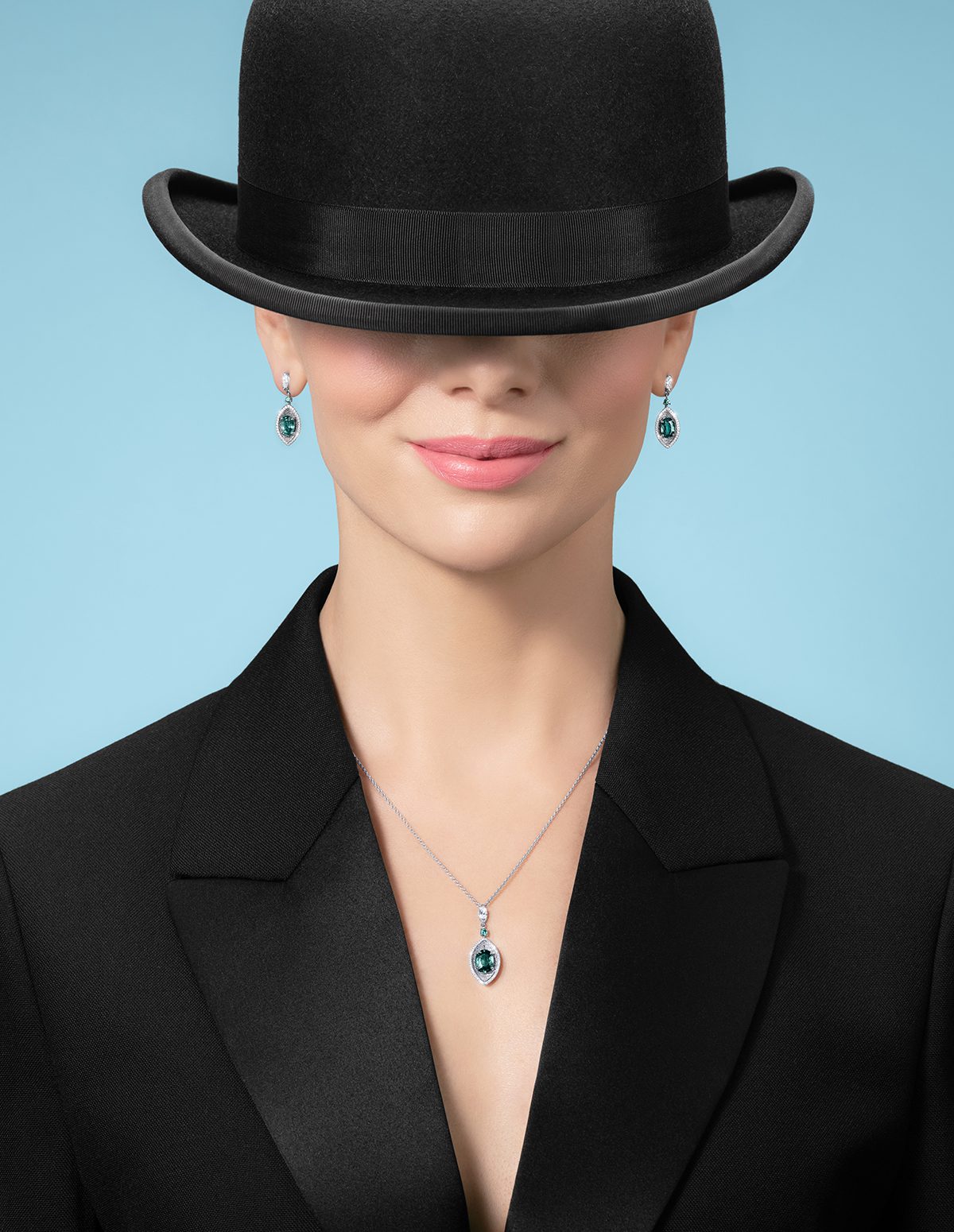

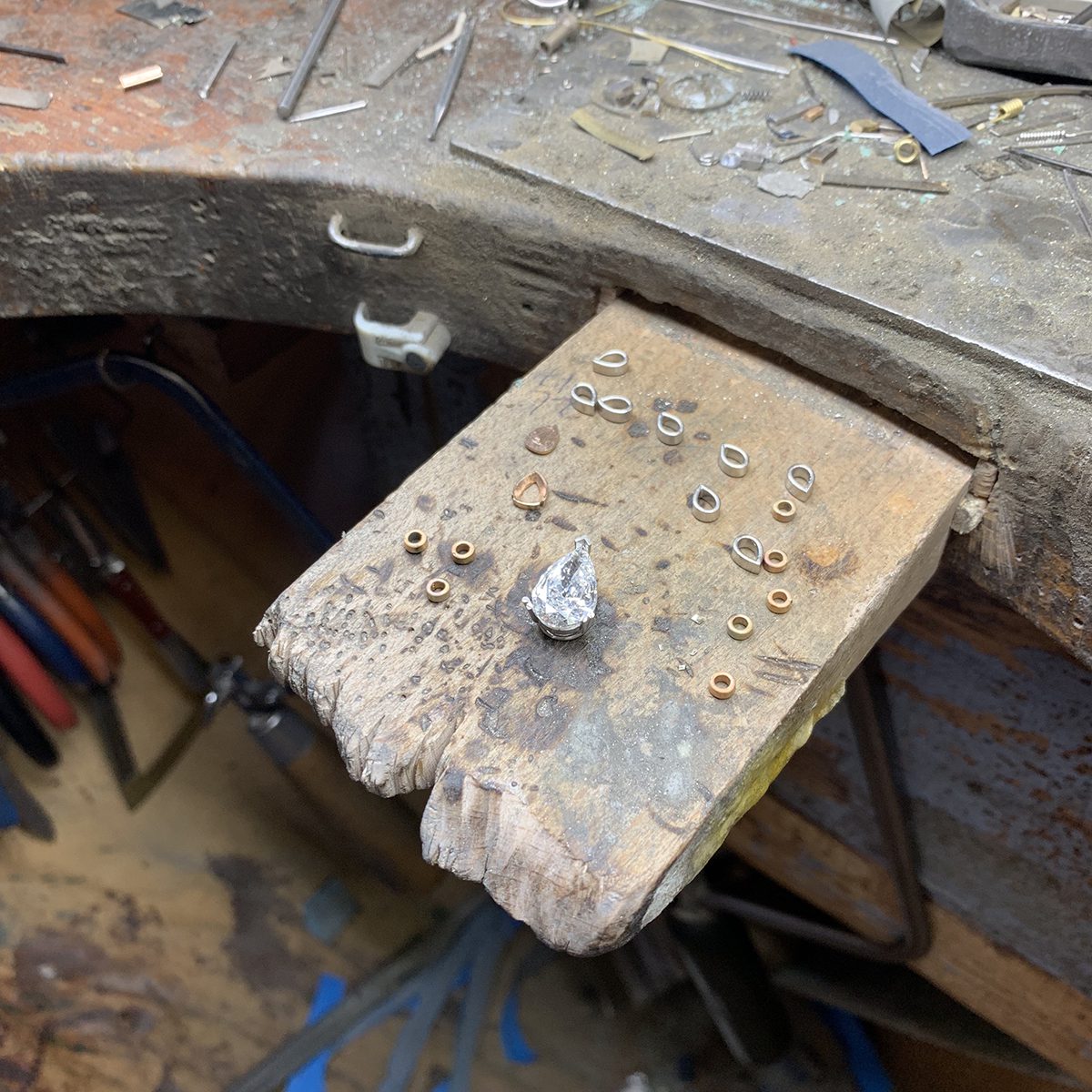
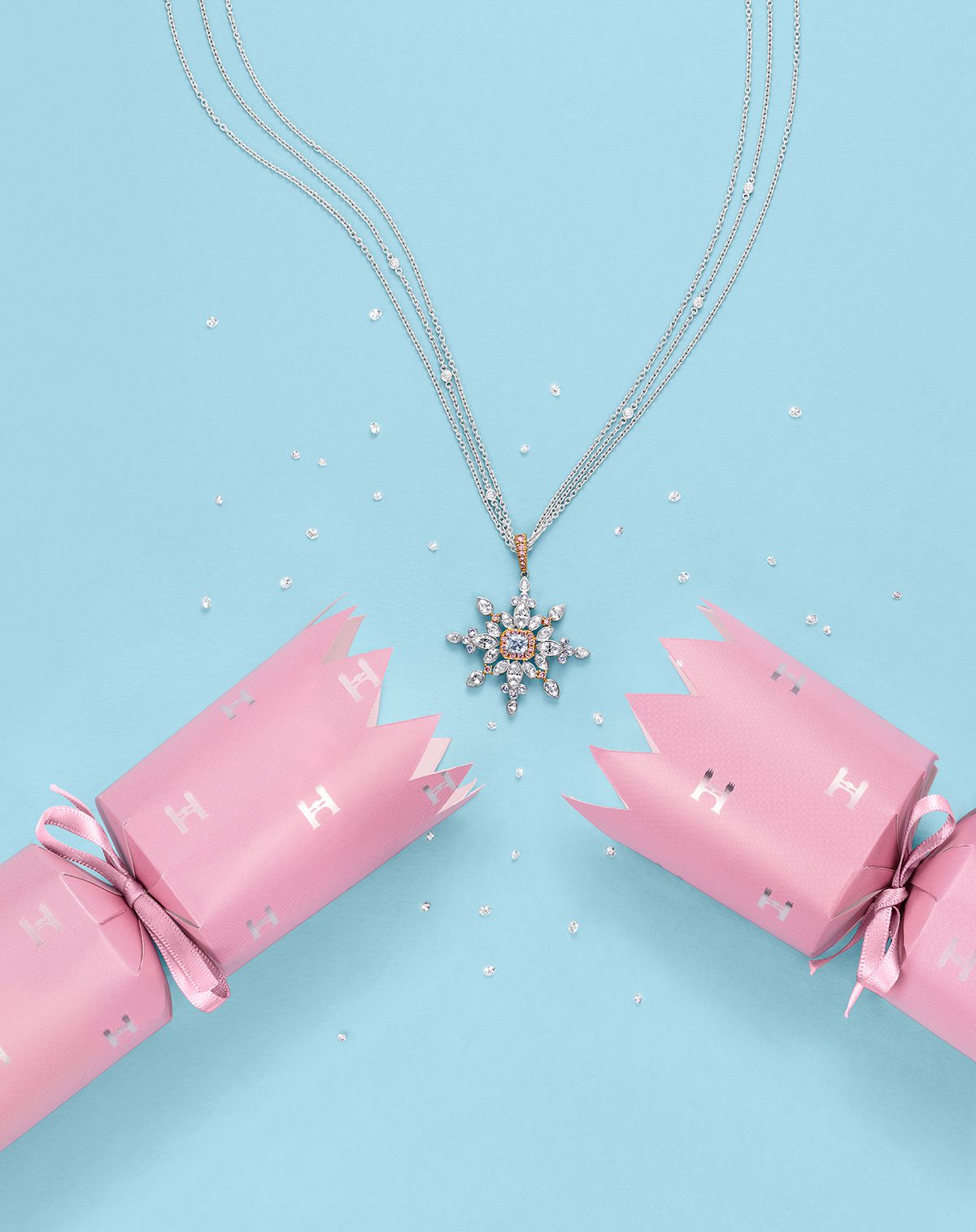

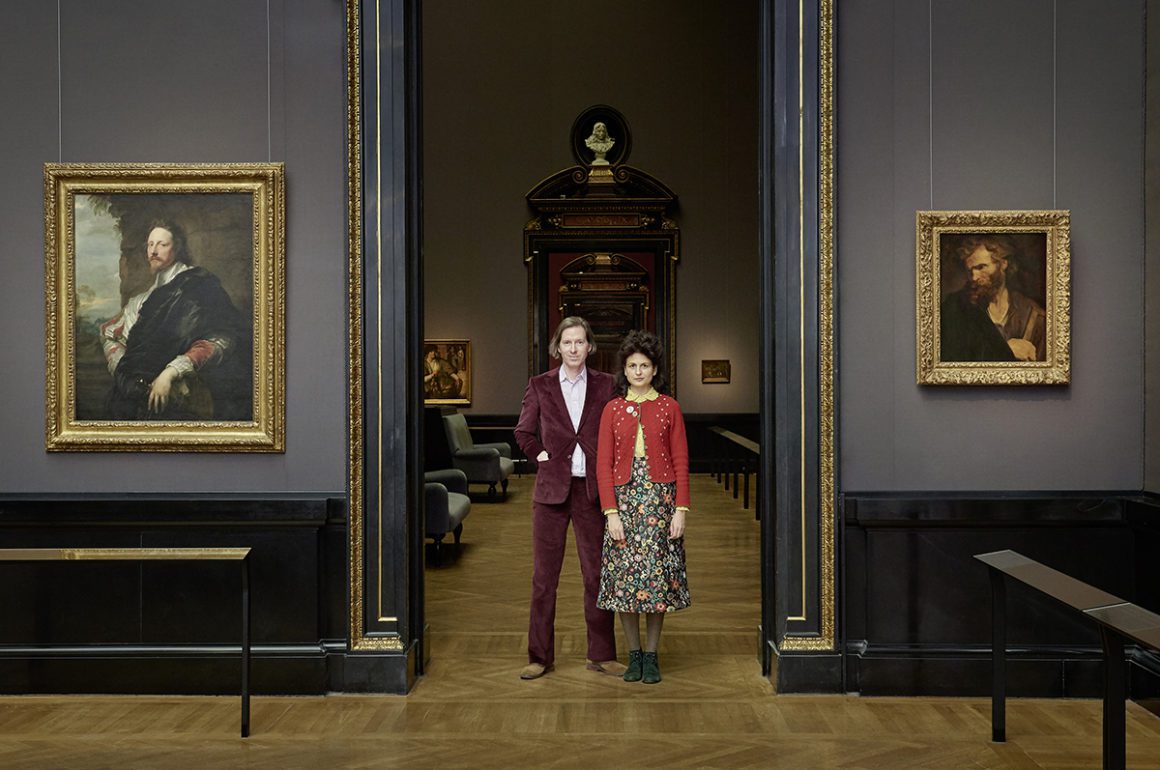
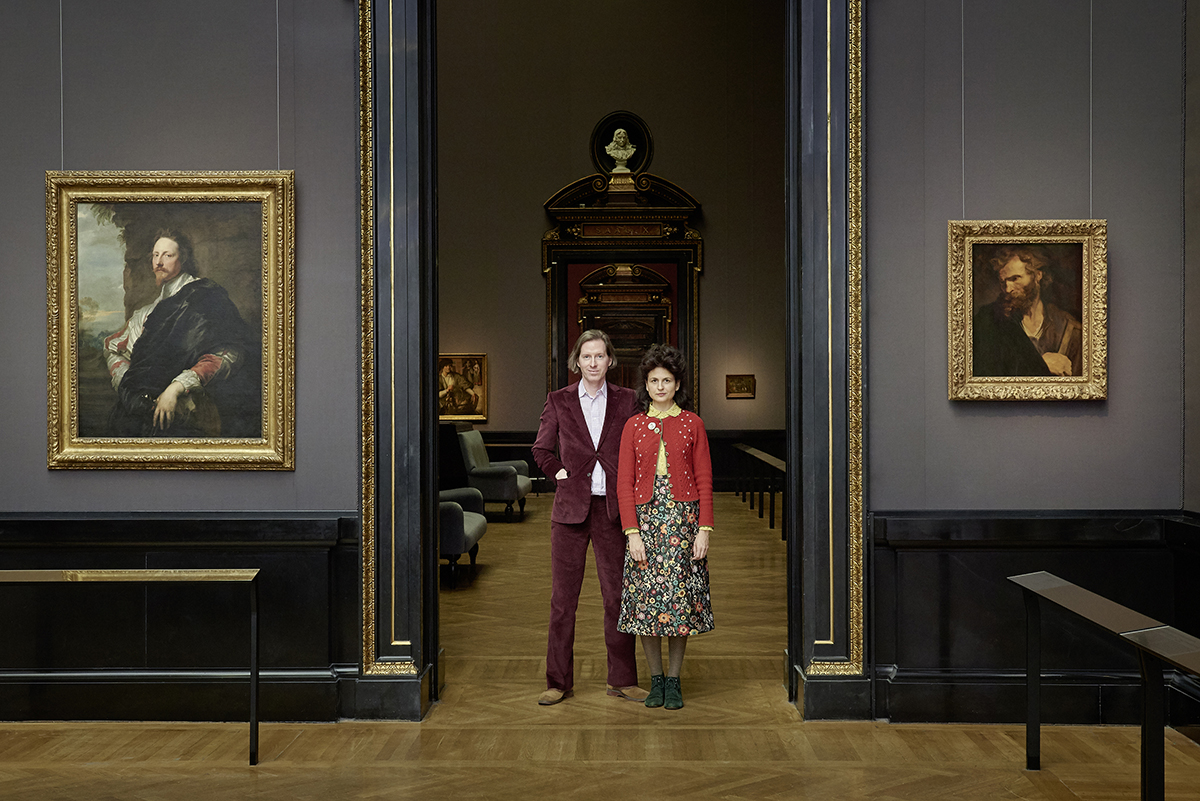
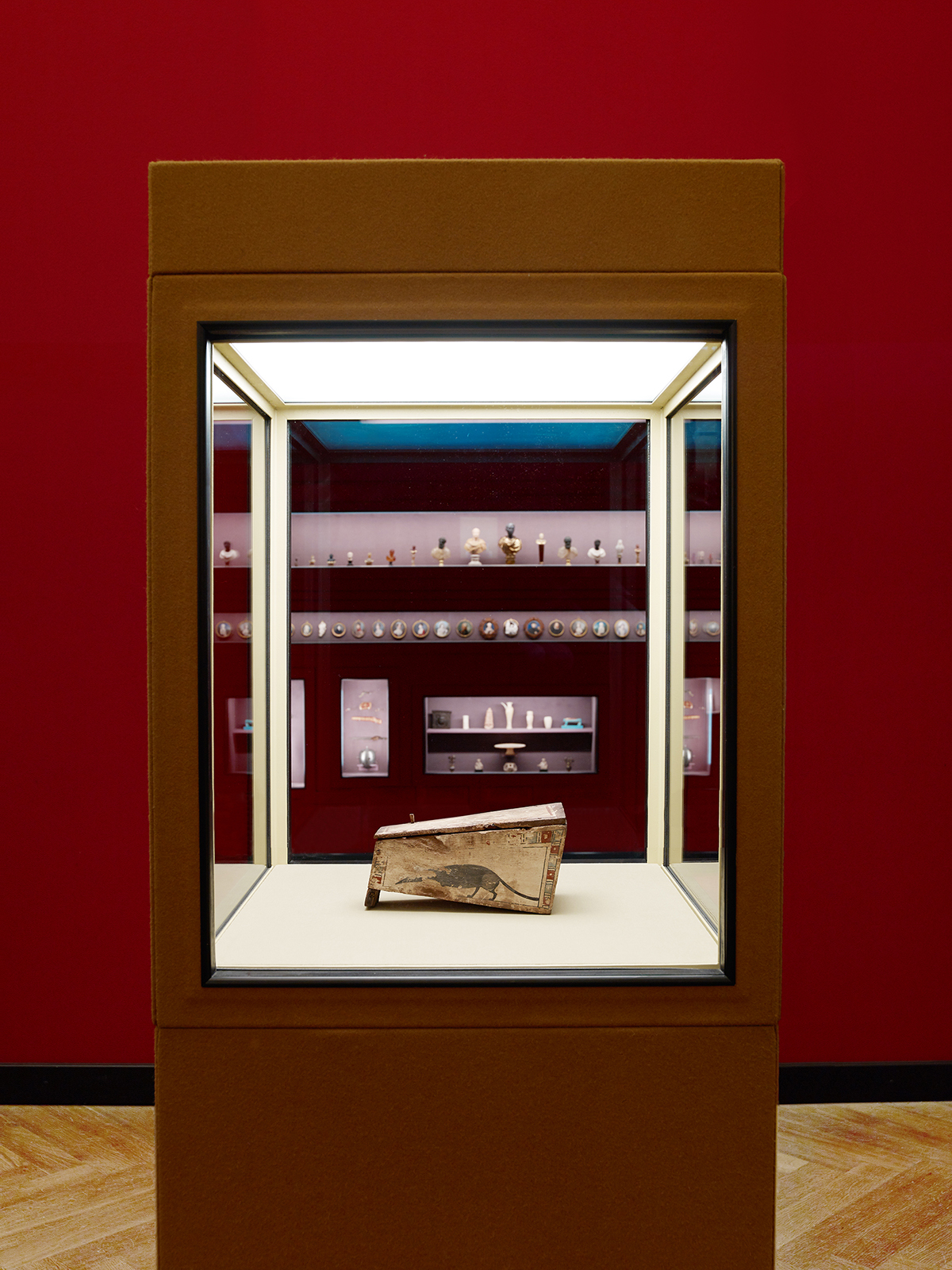
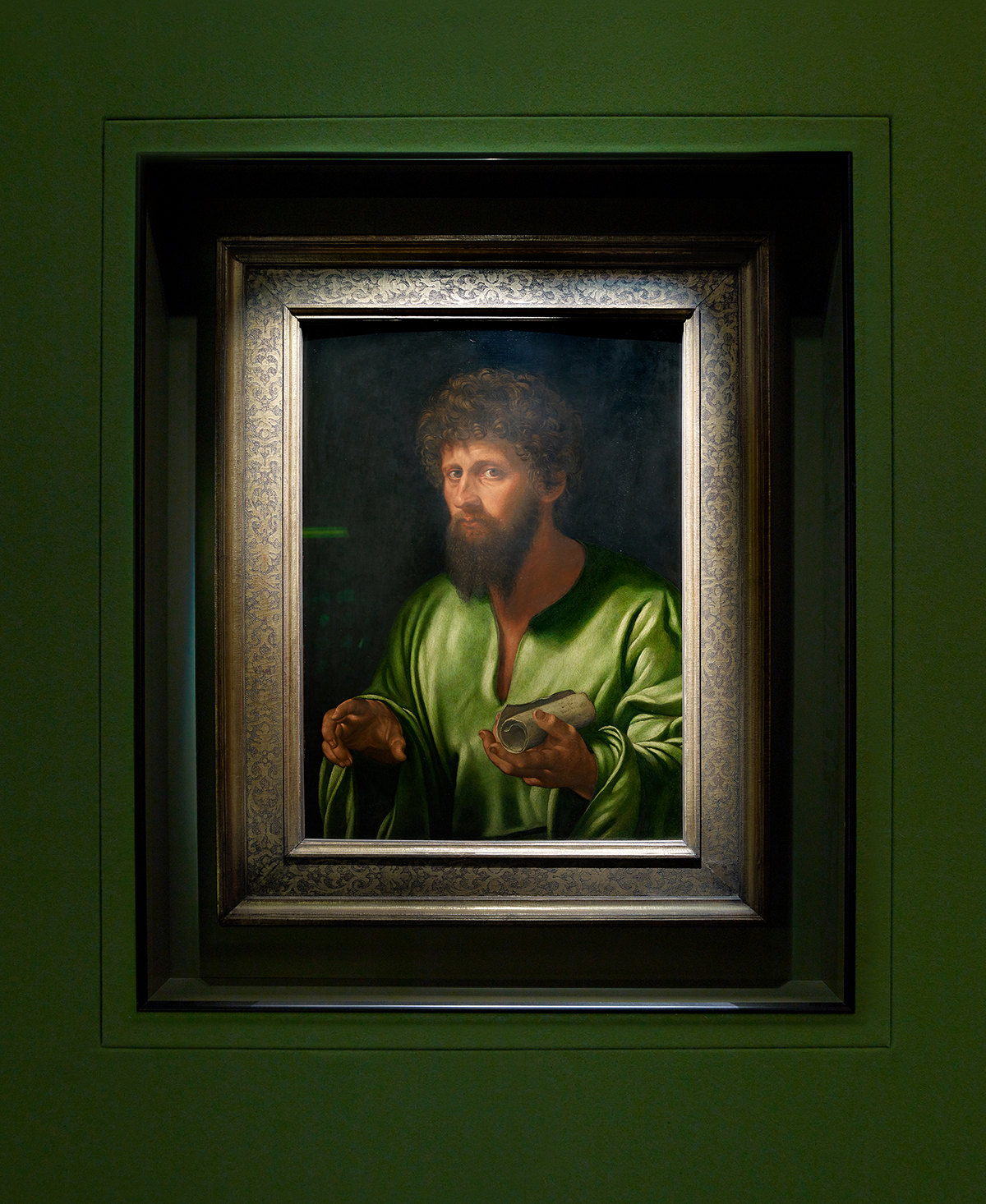
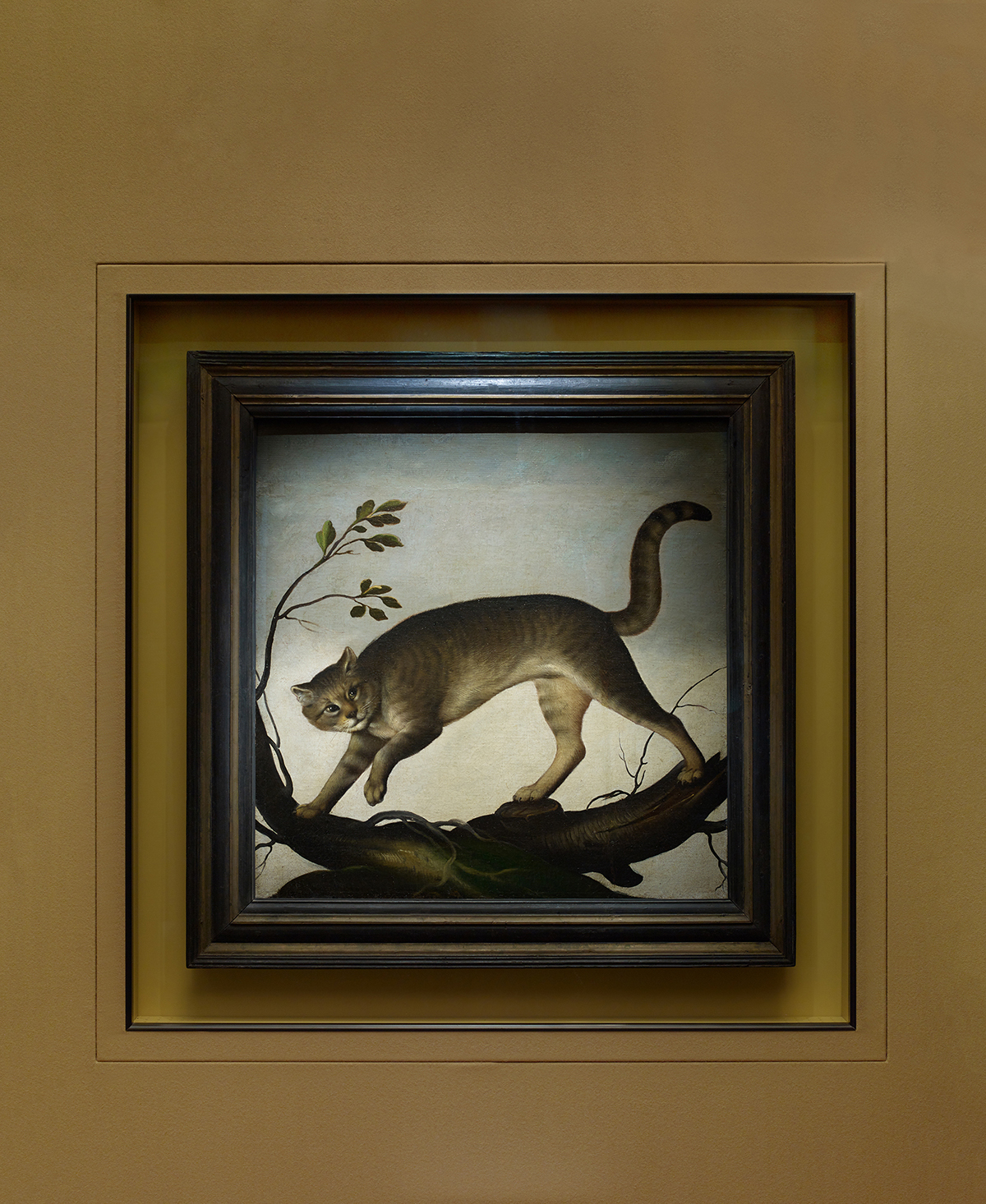
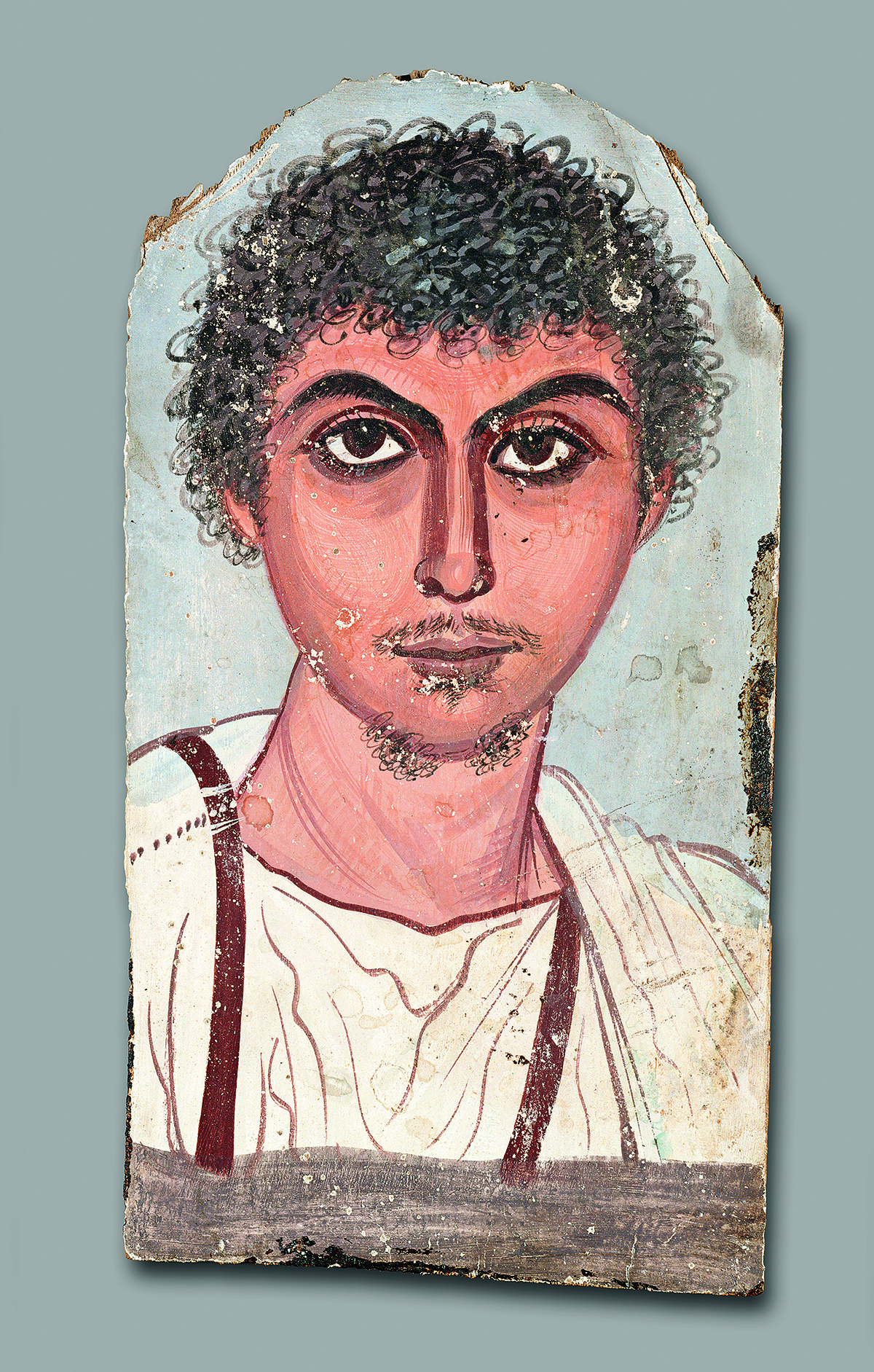
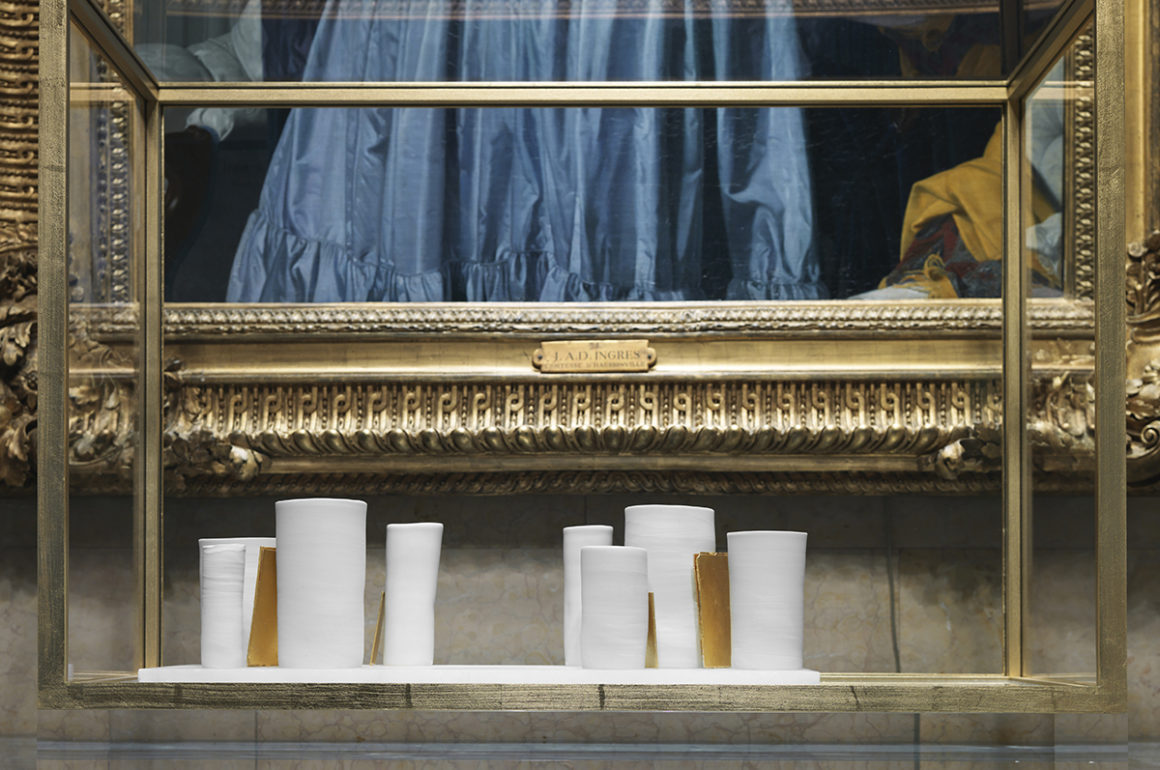
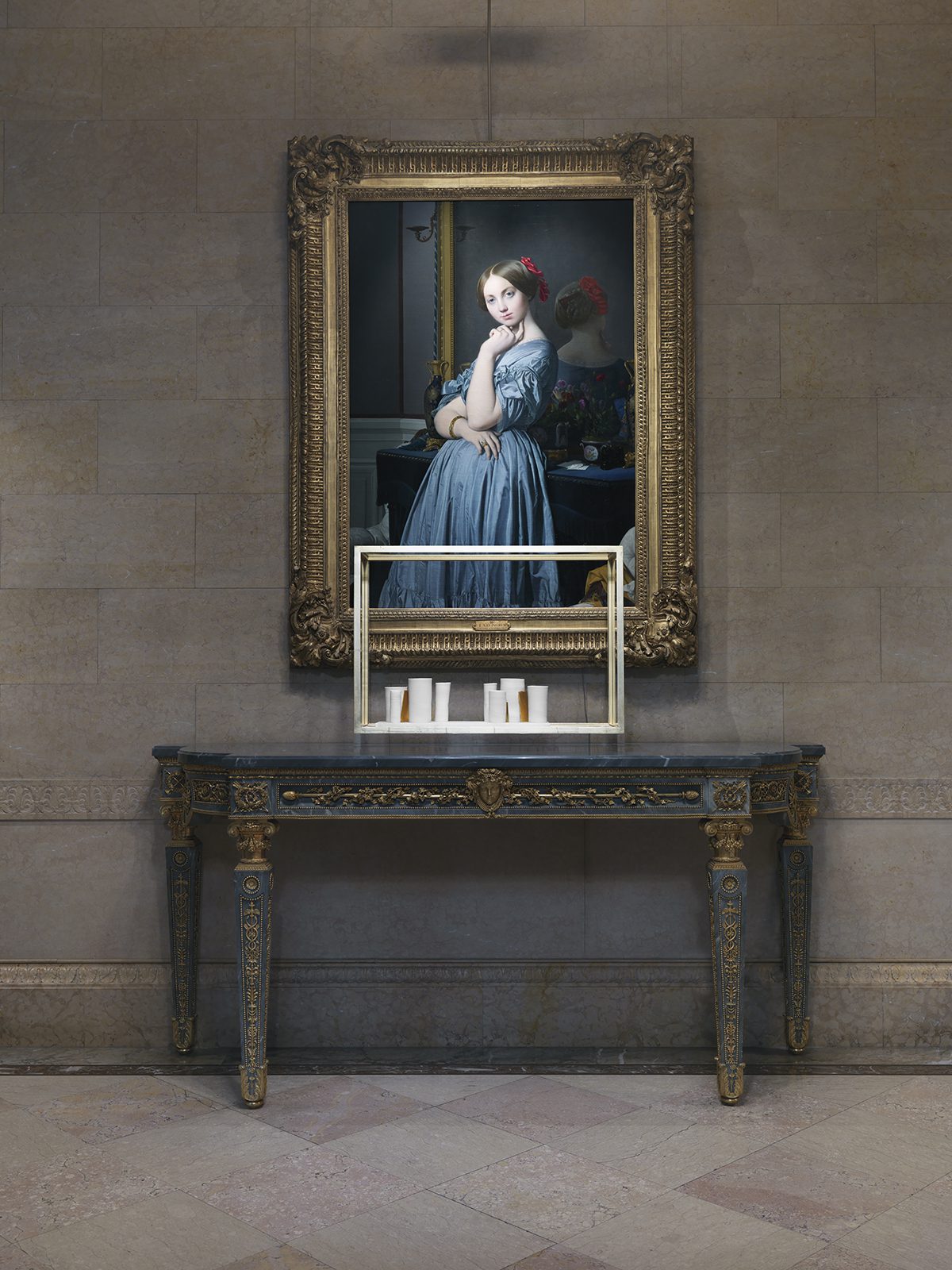
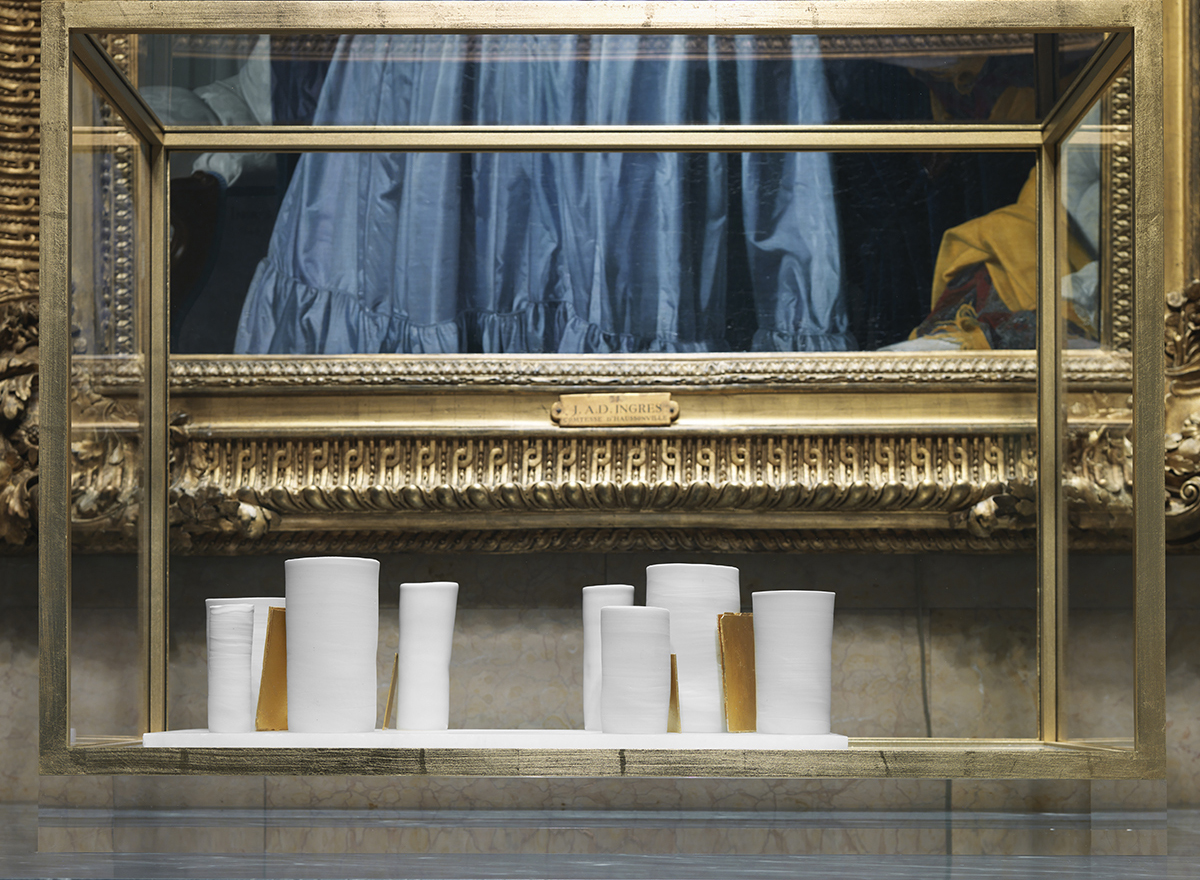
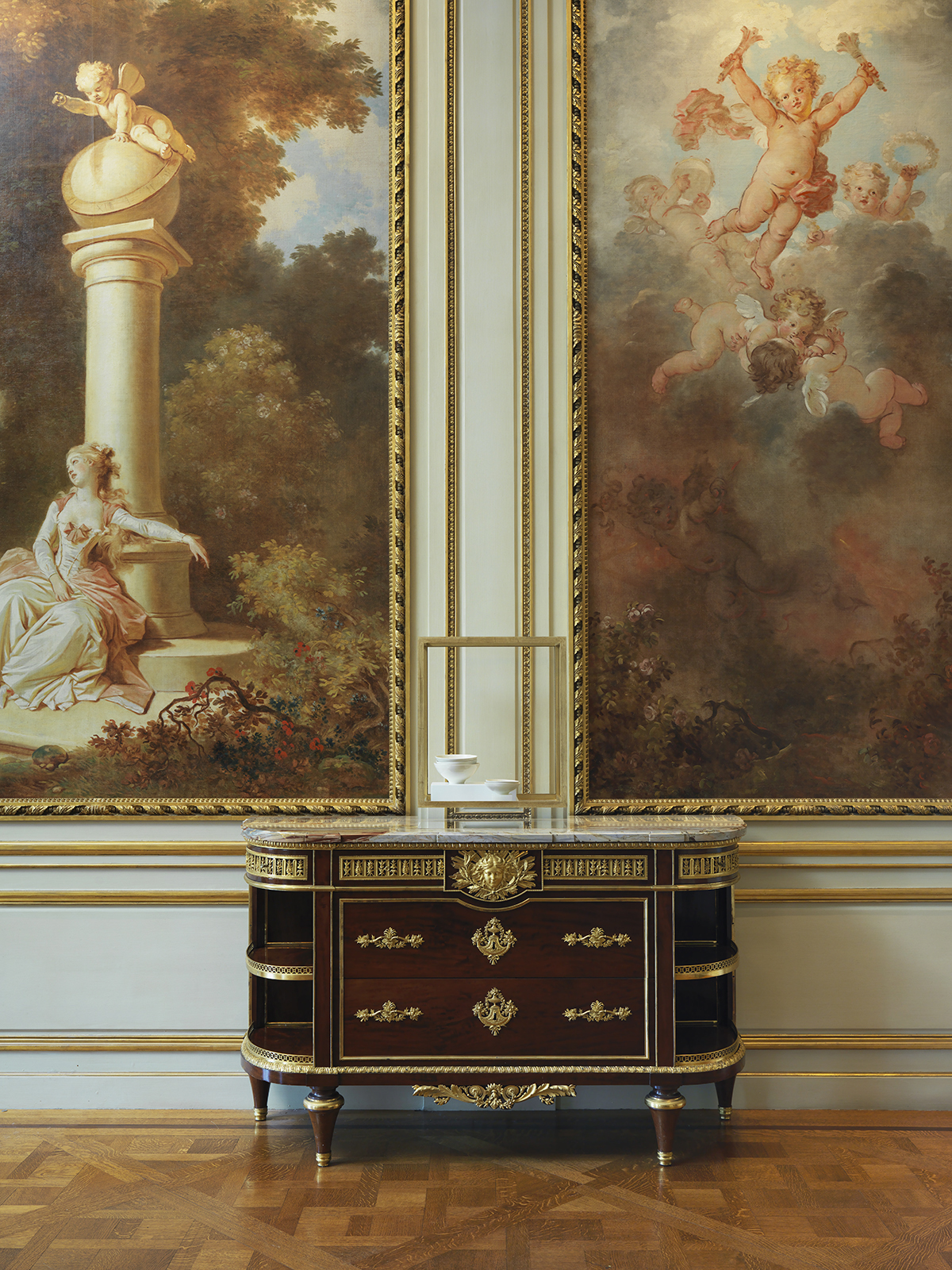
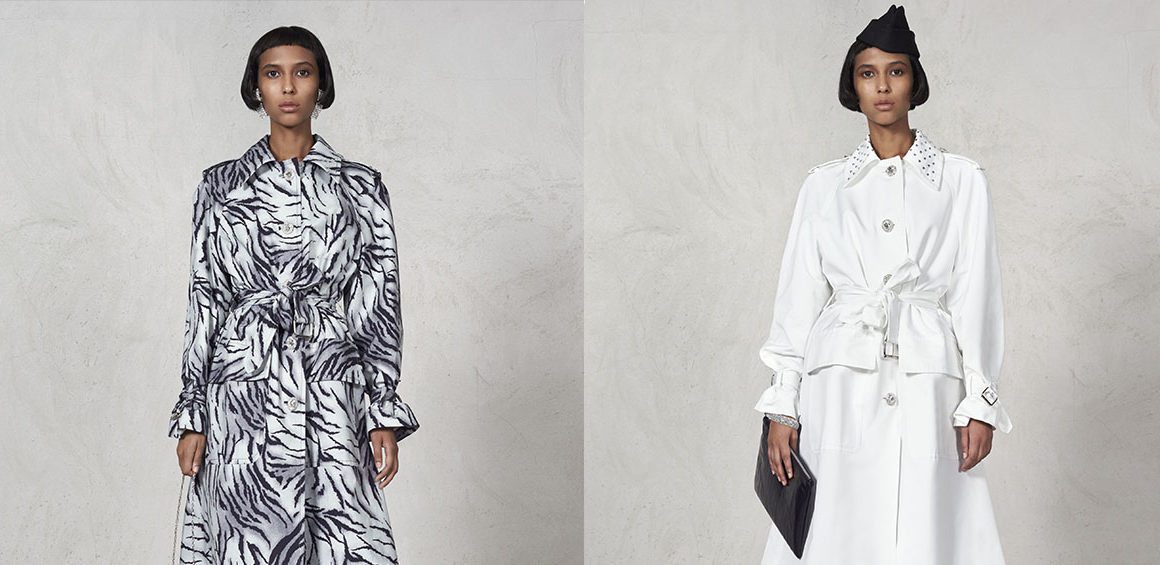
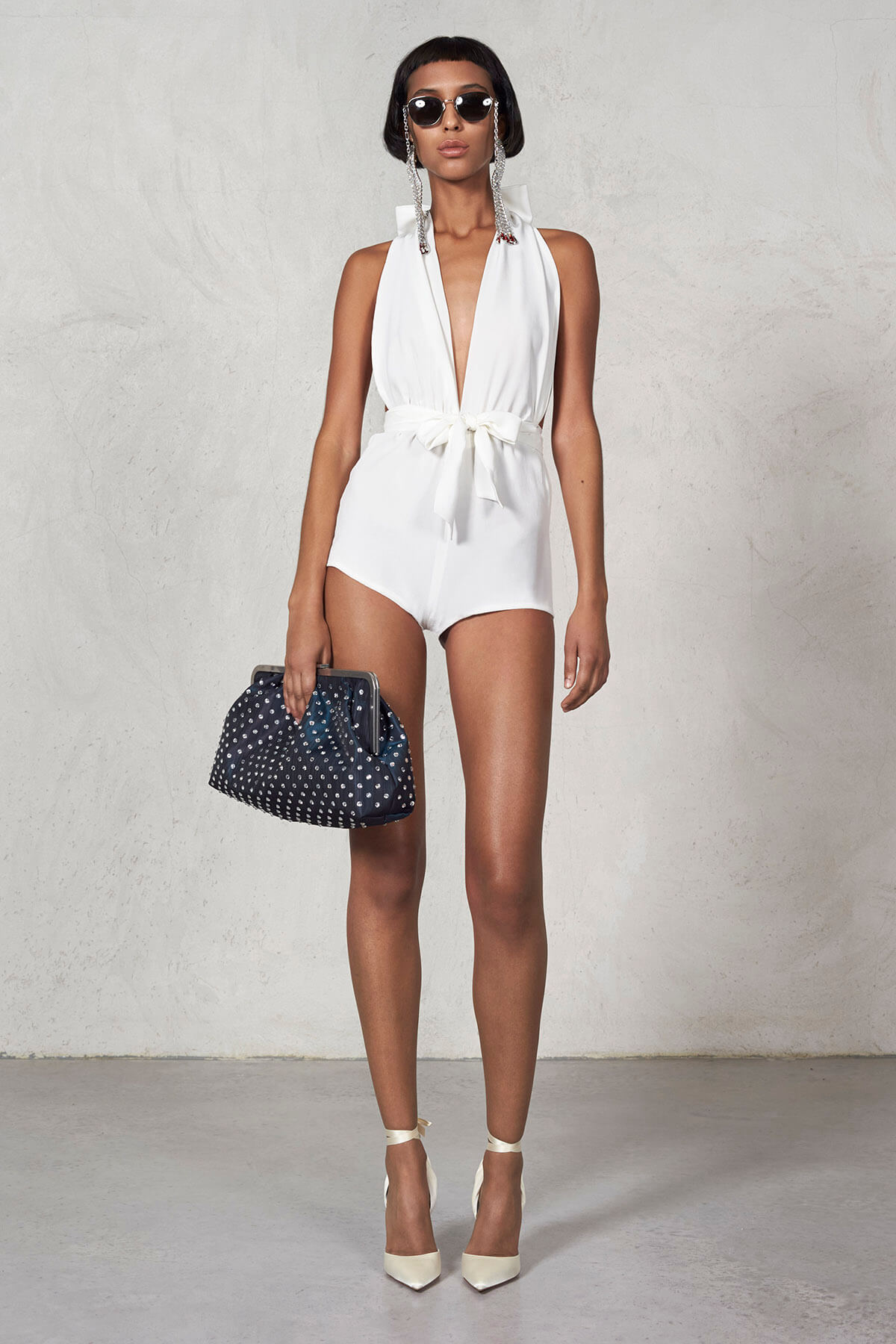

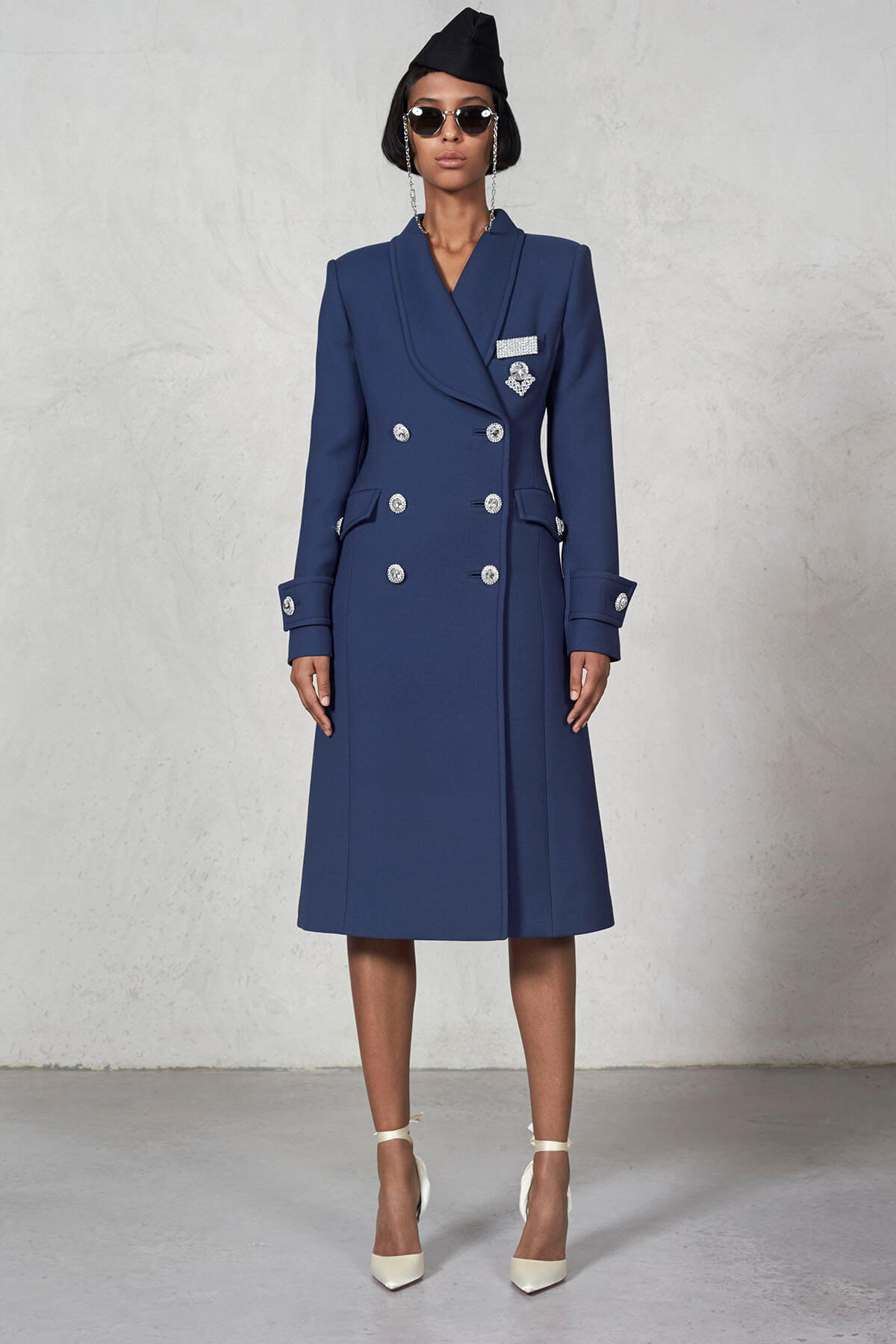
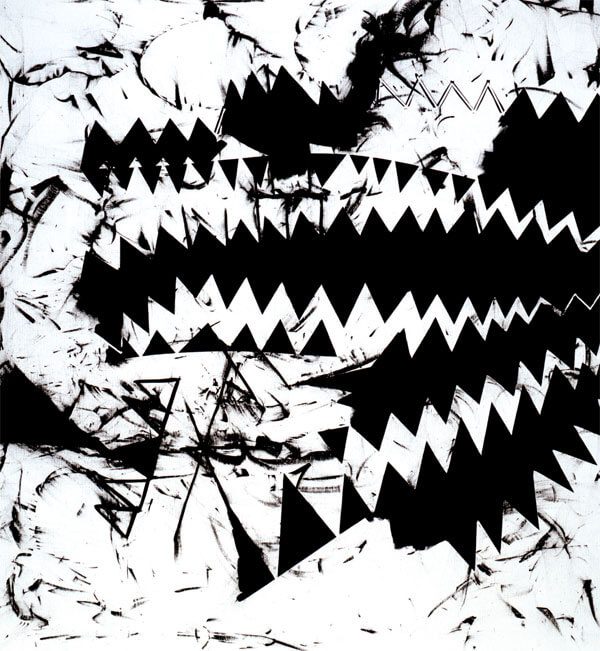


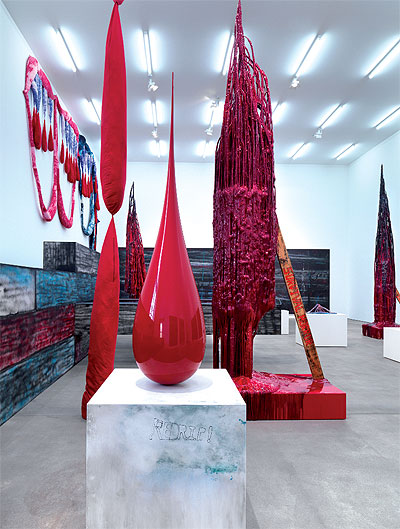
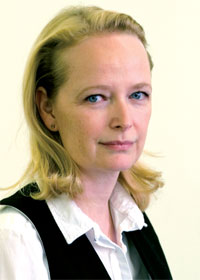



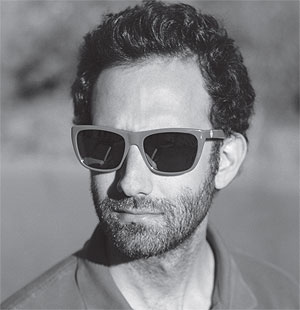







Recent Comments